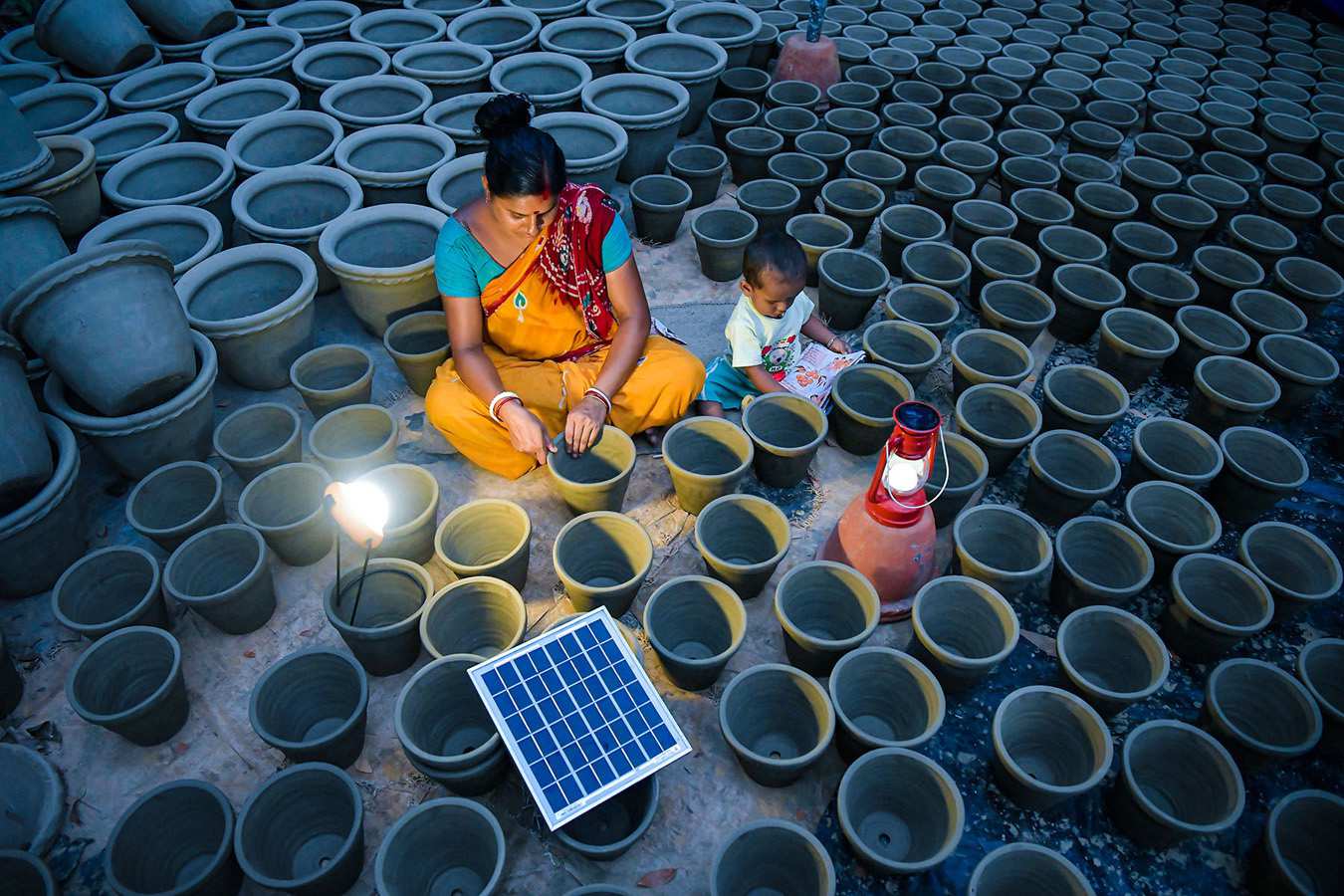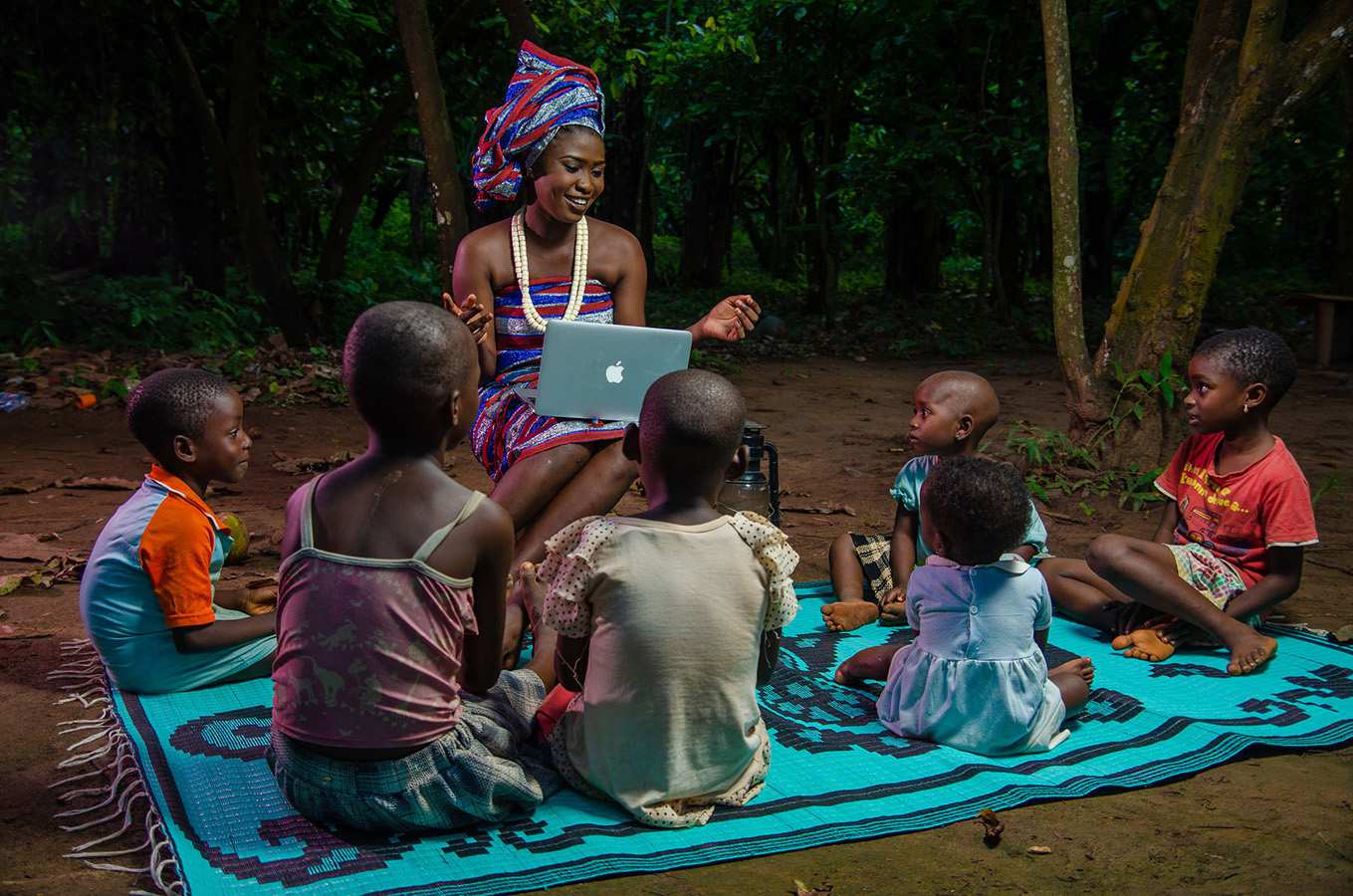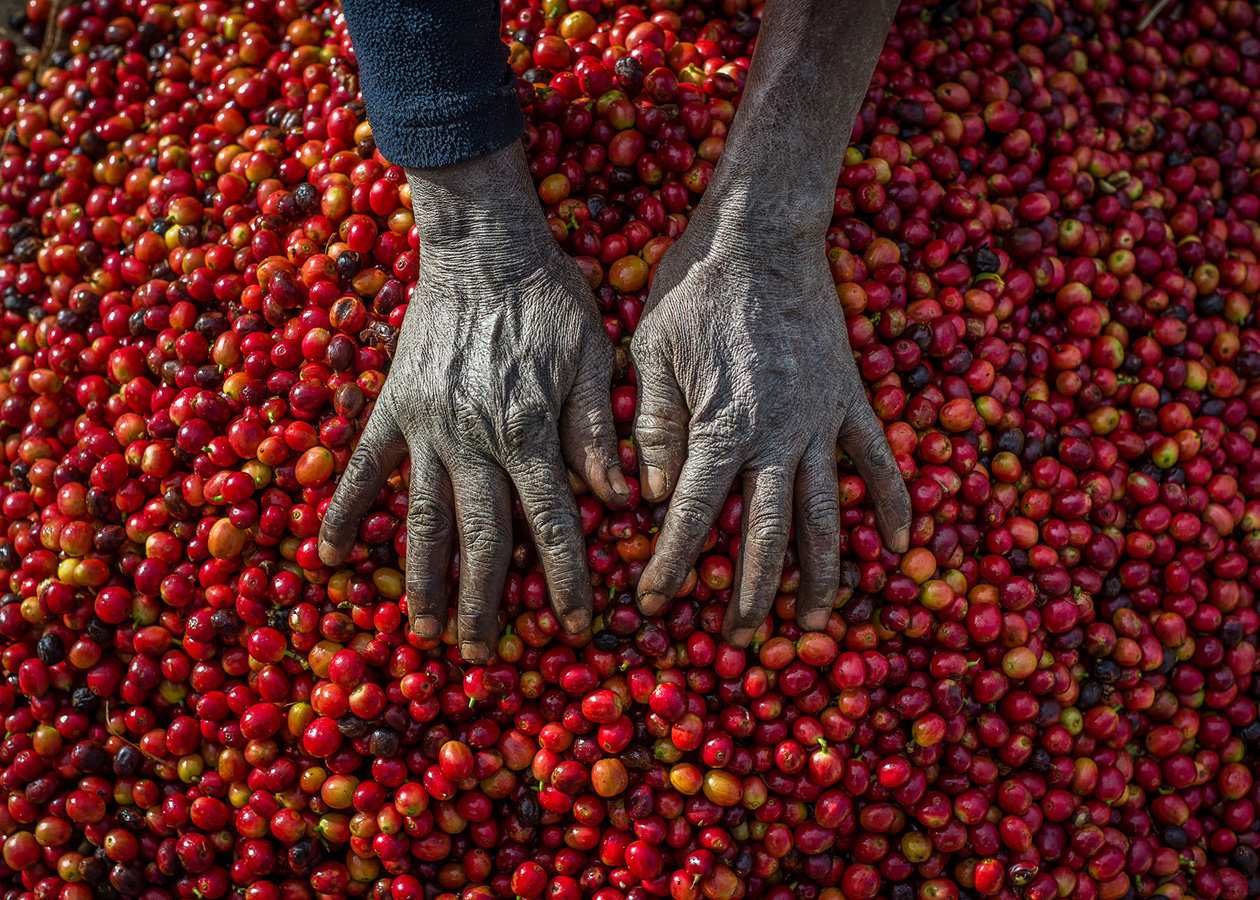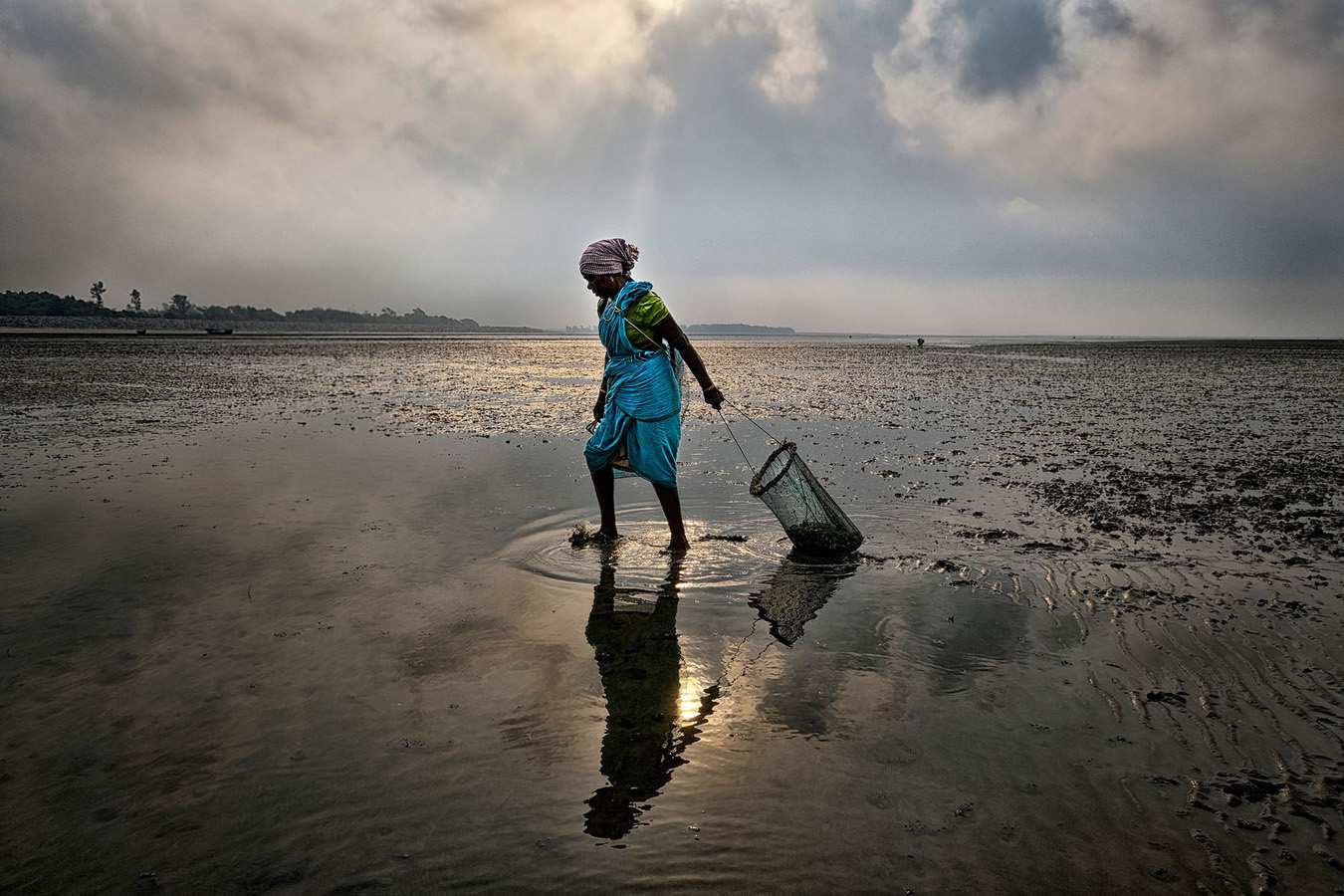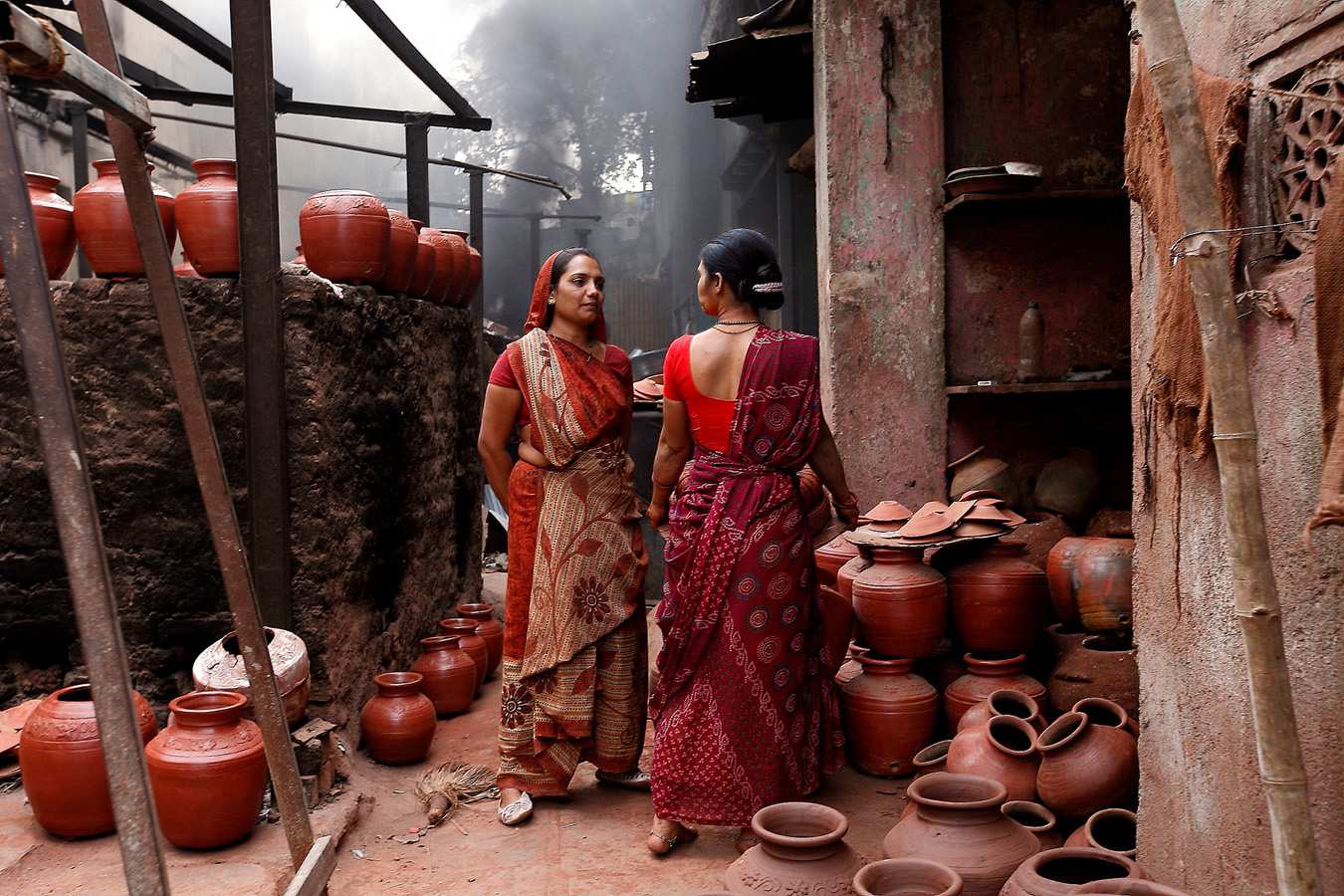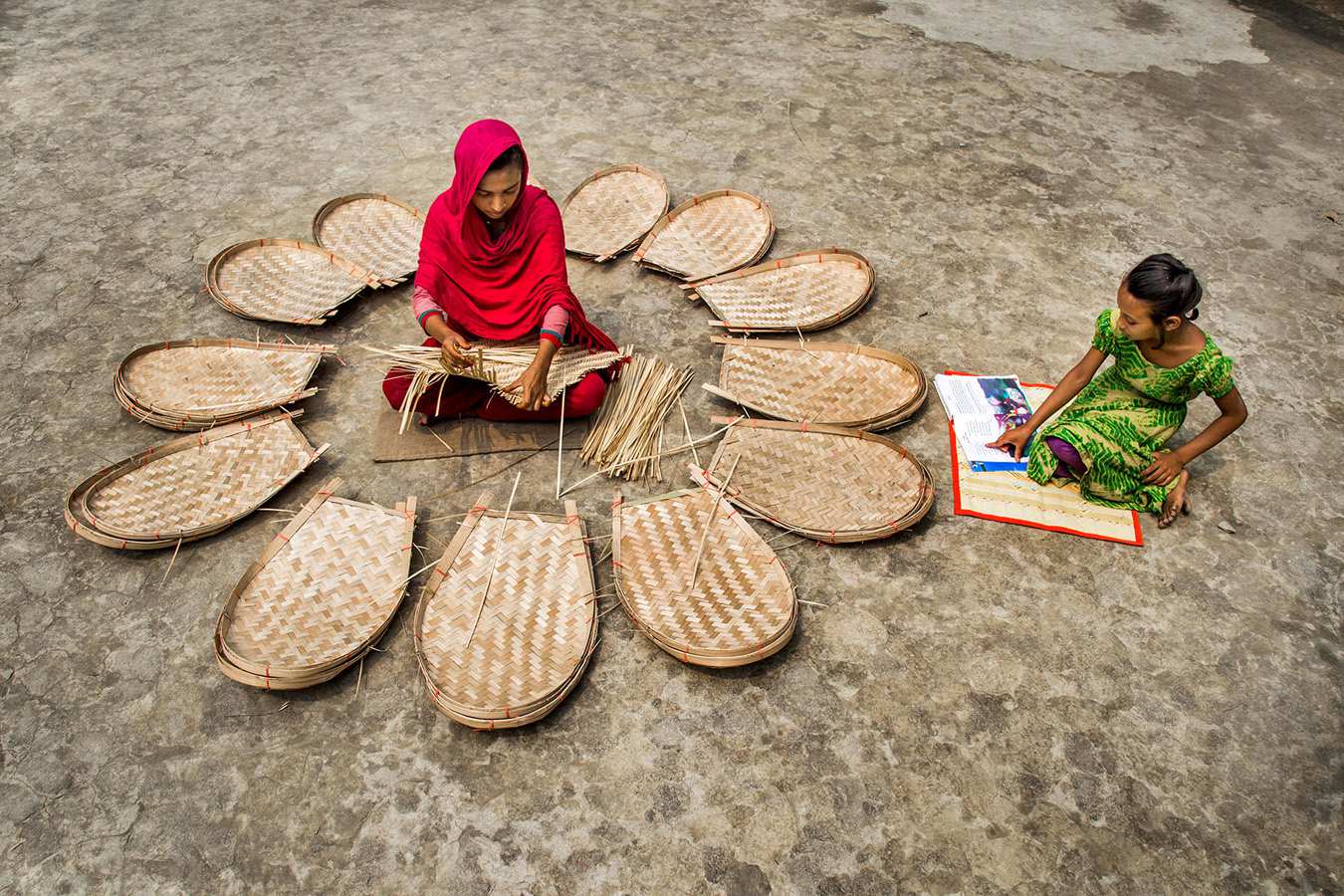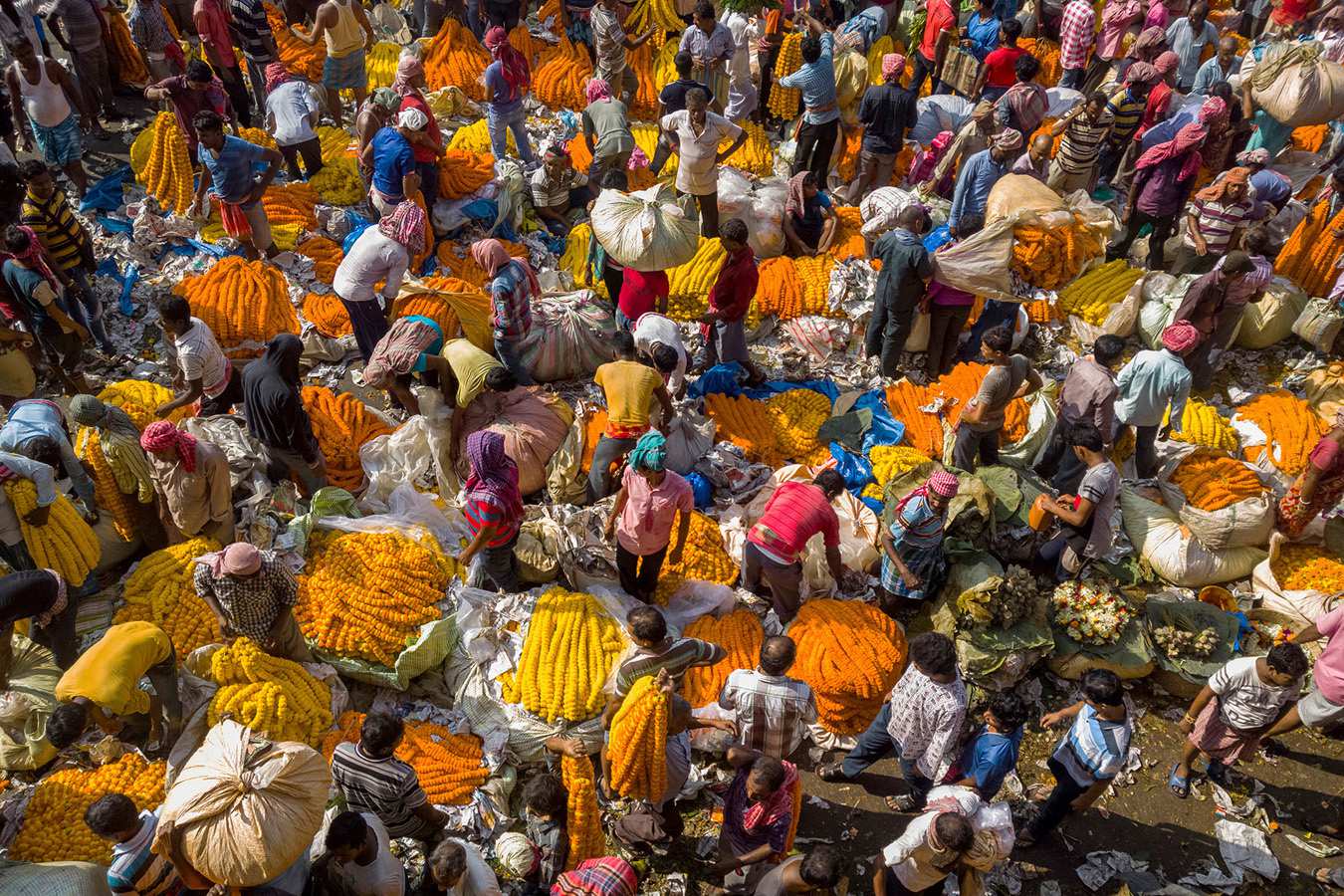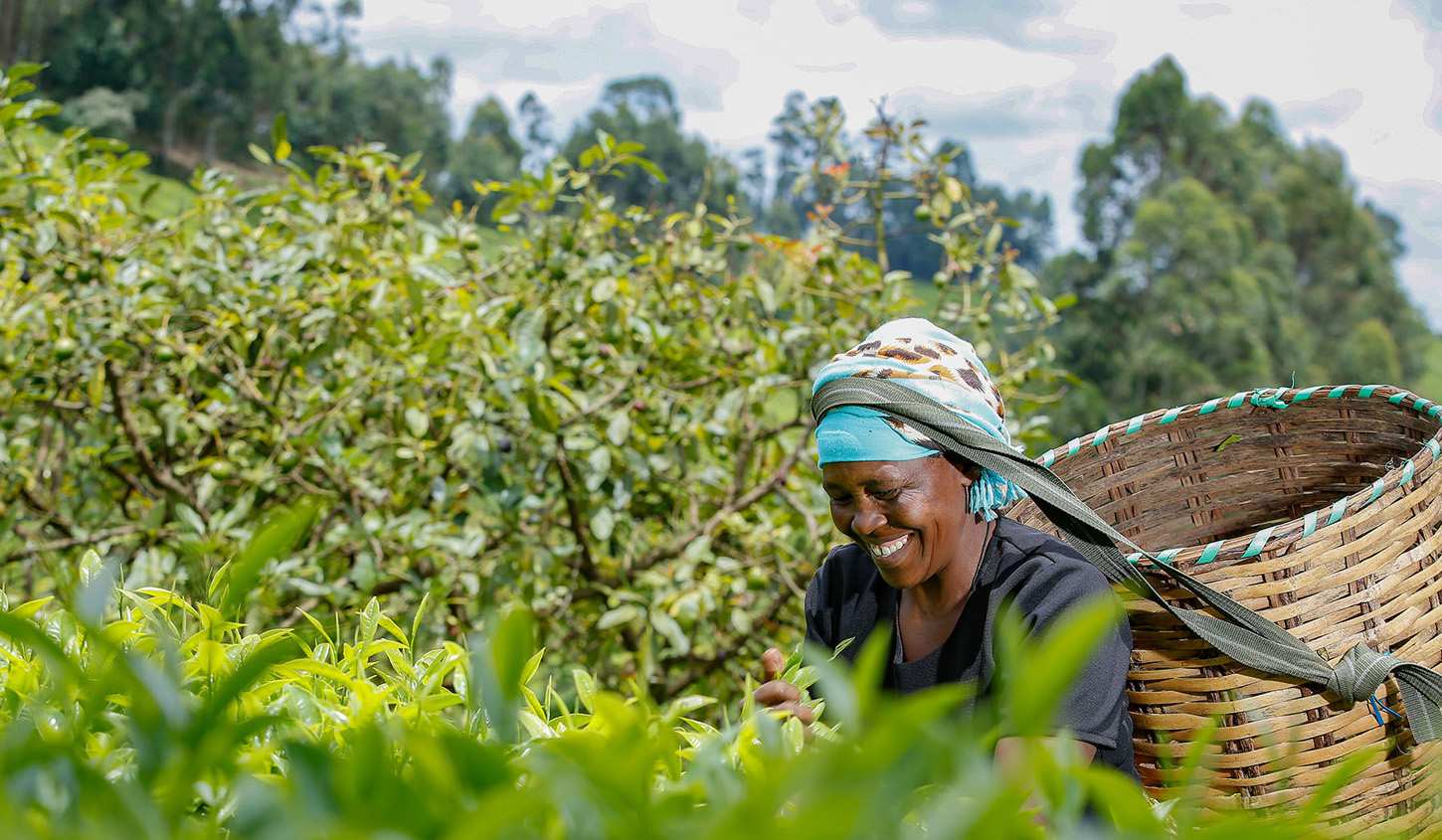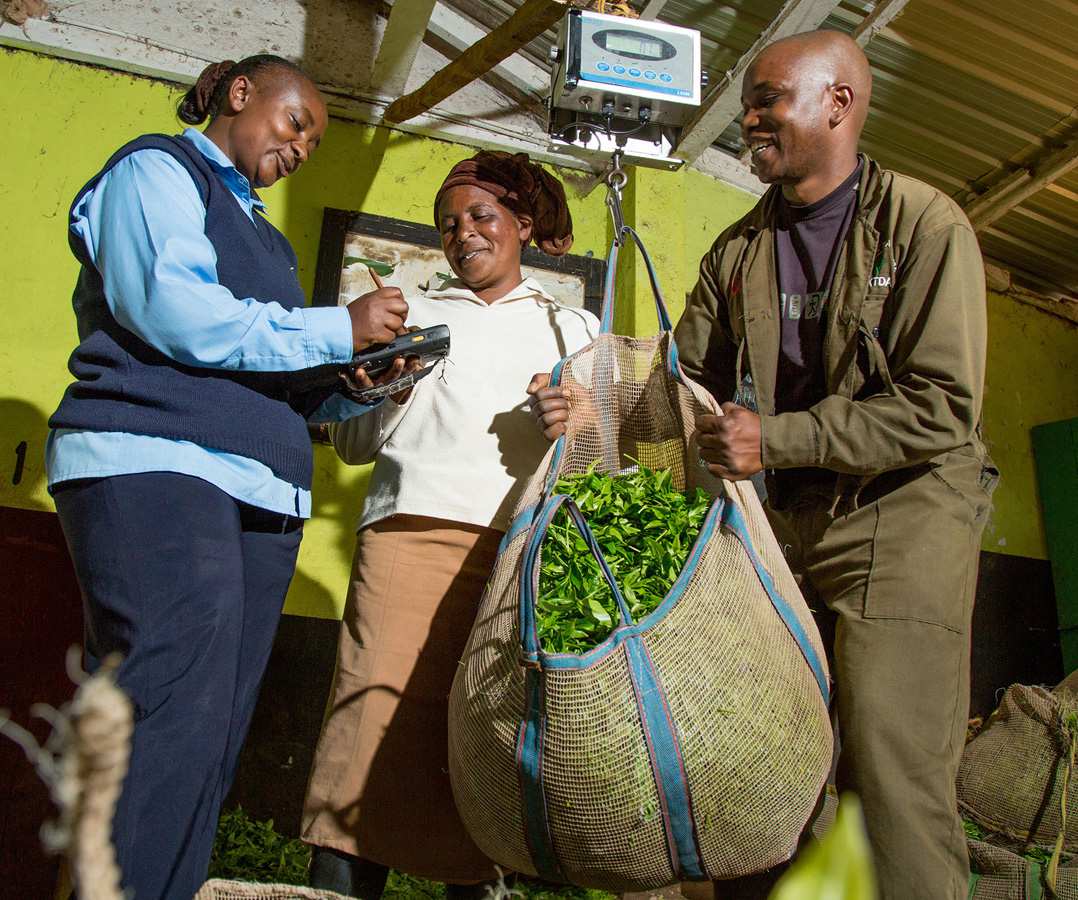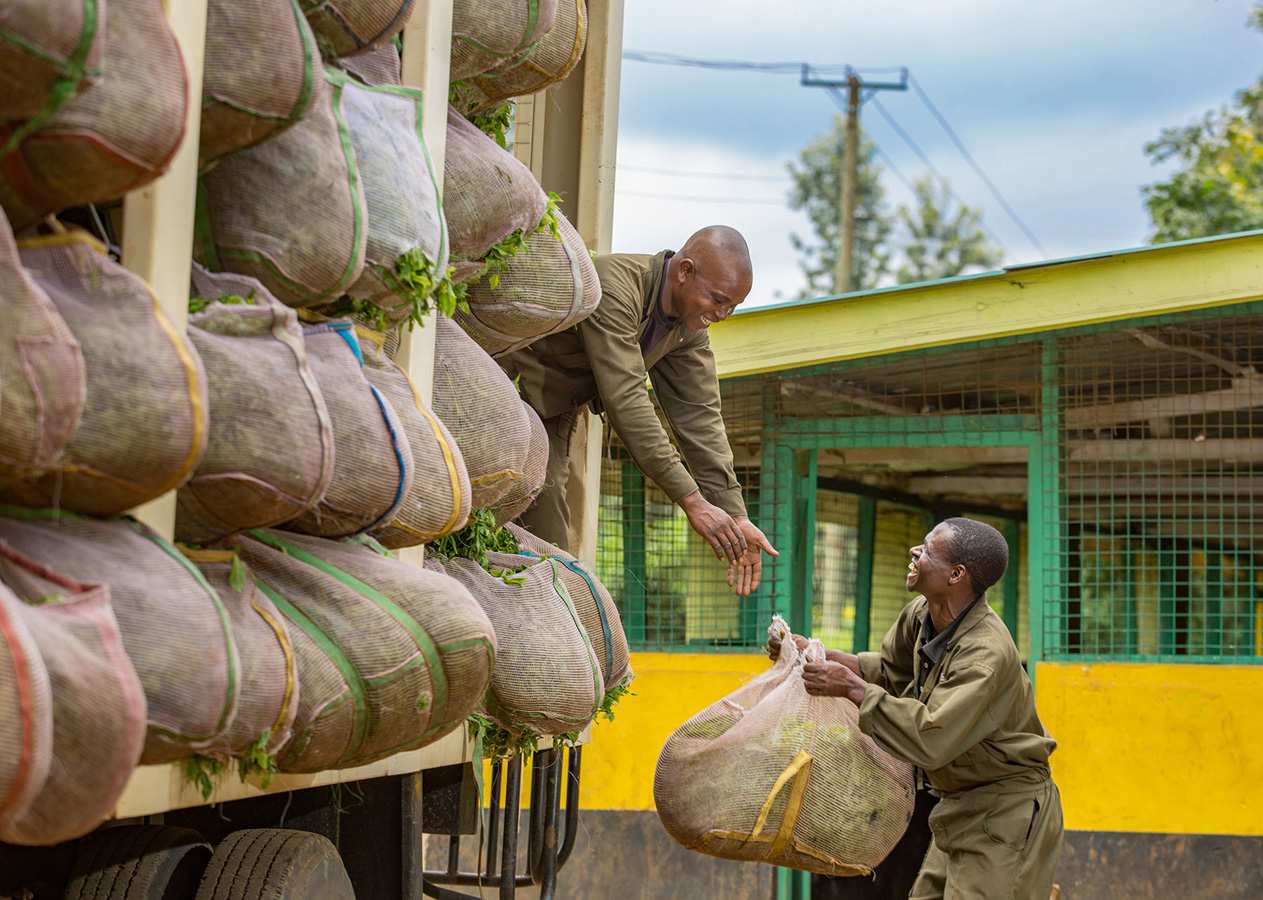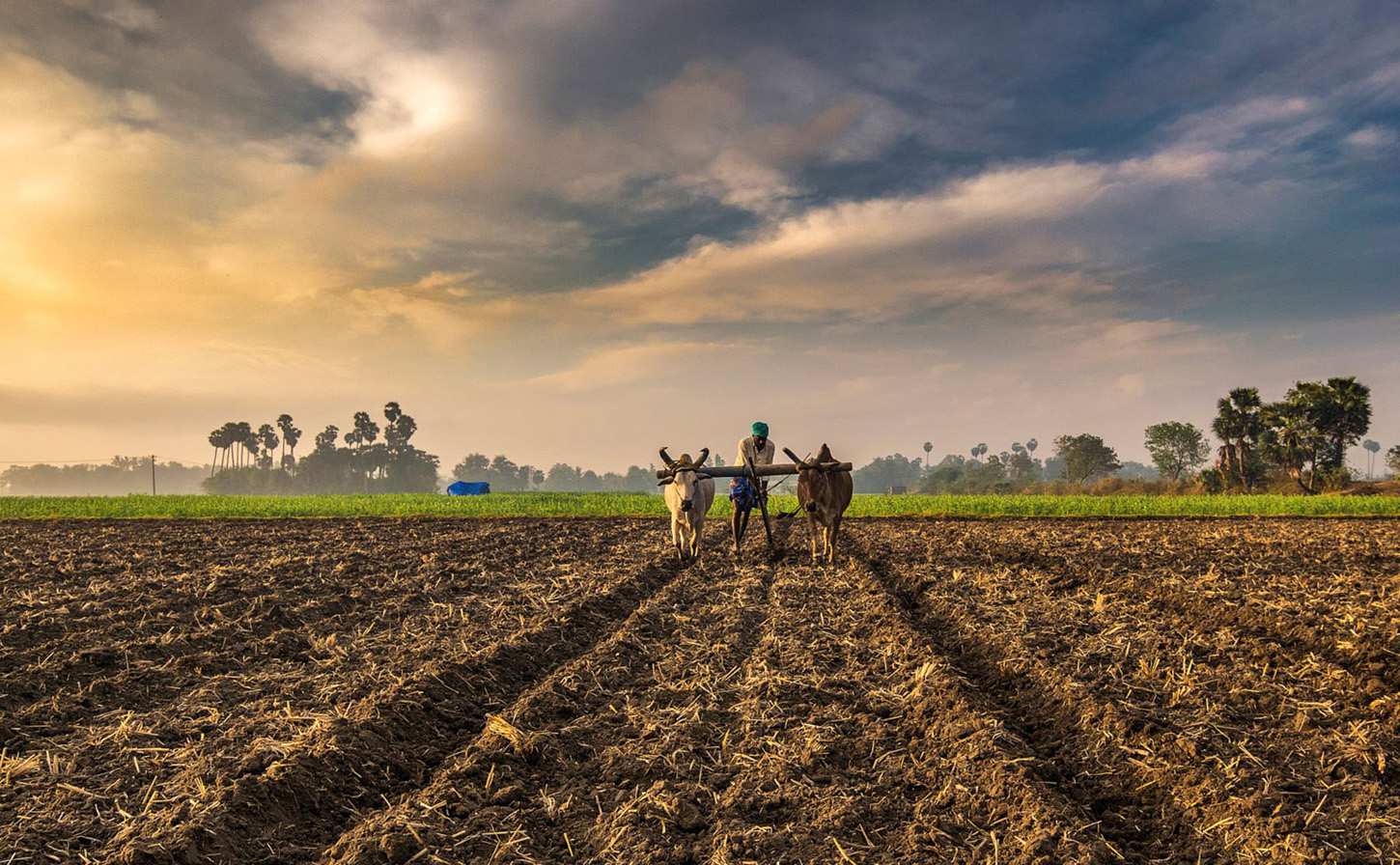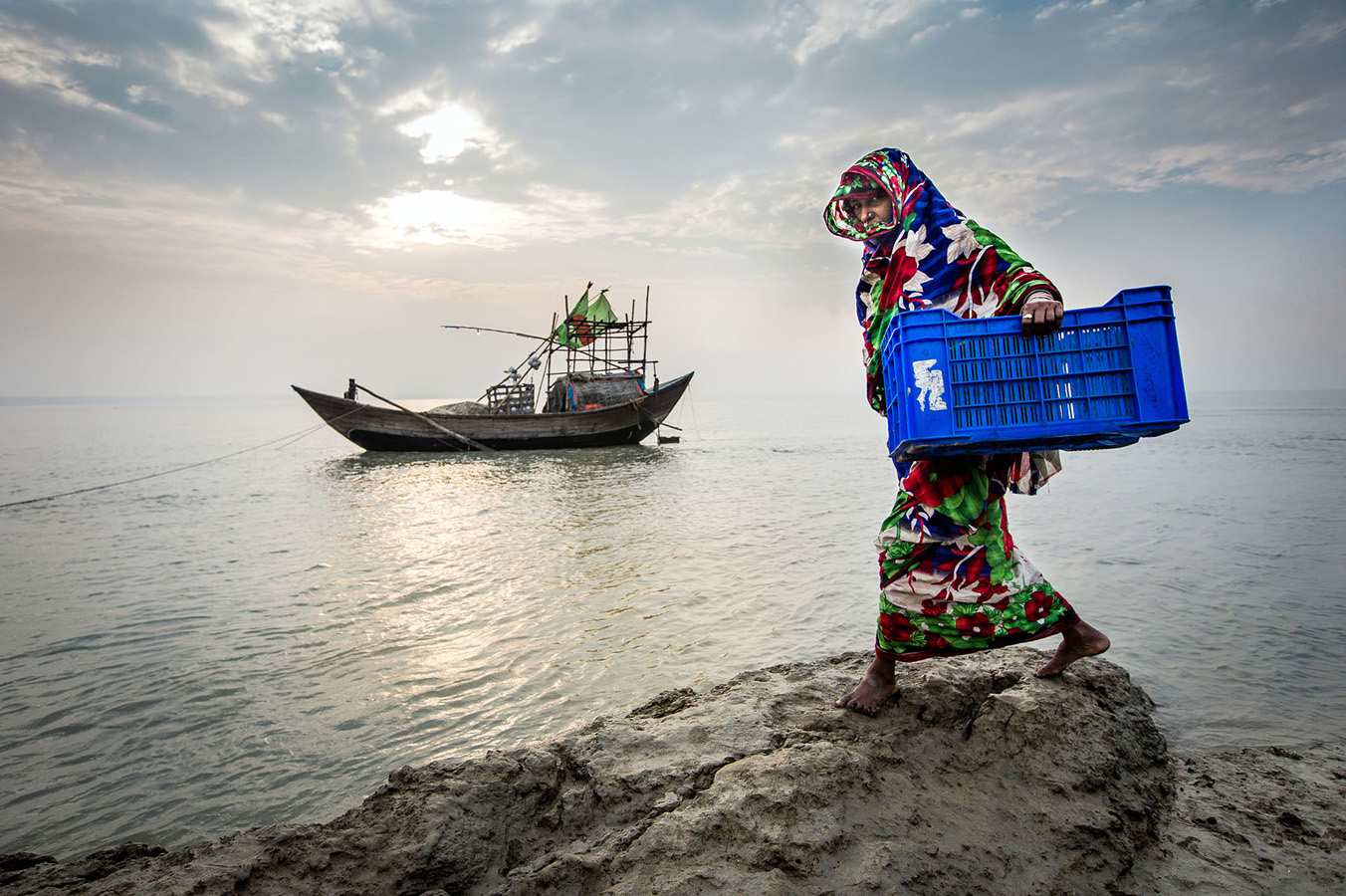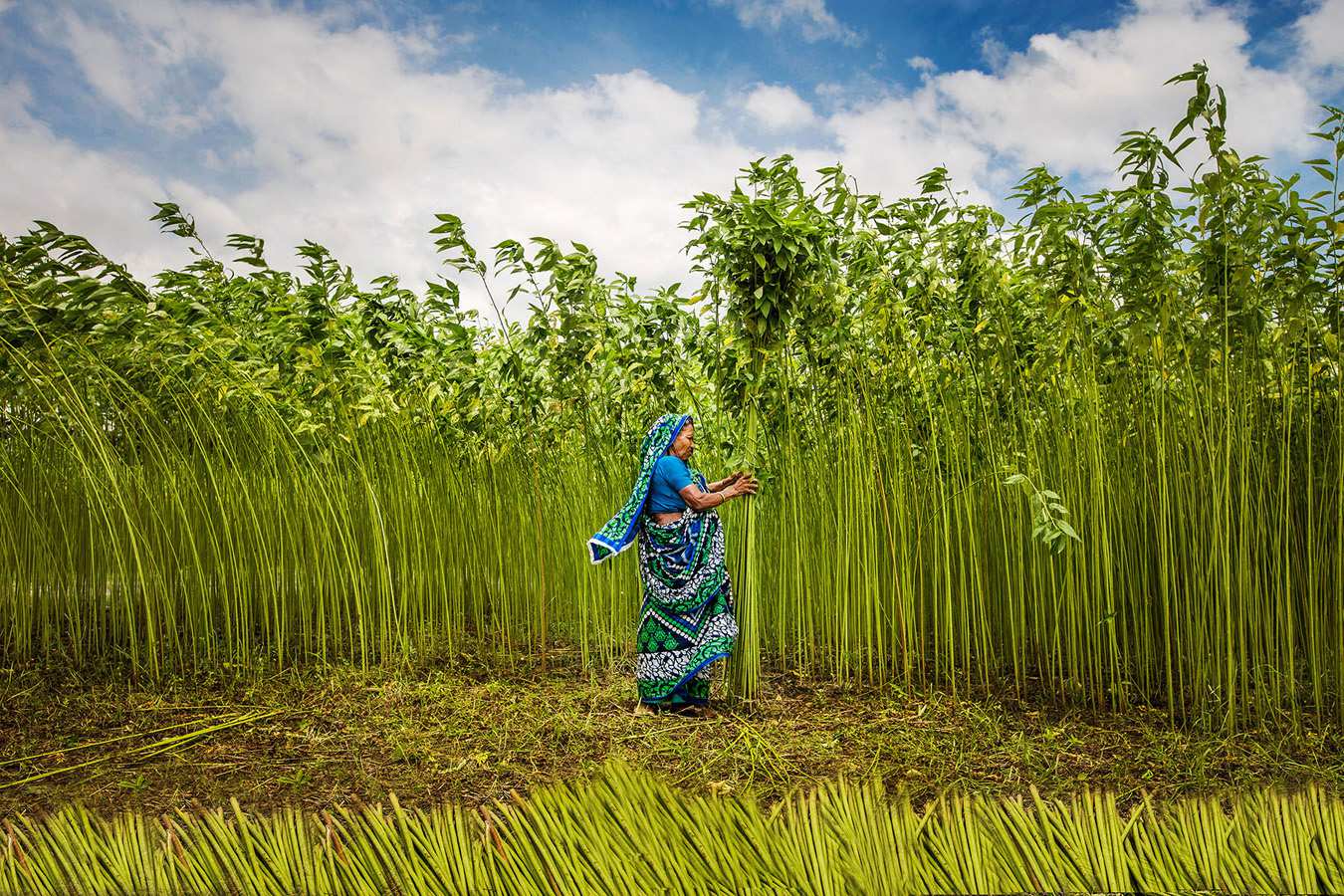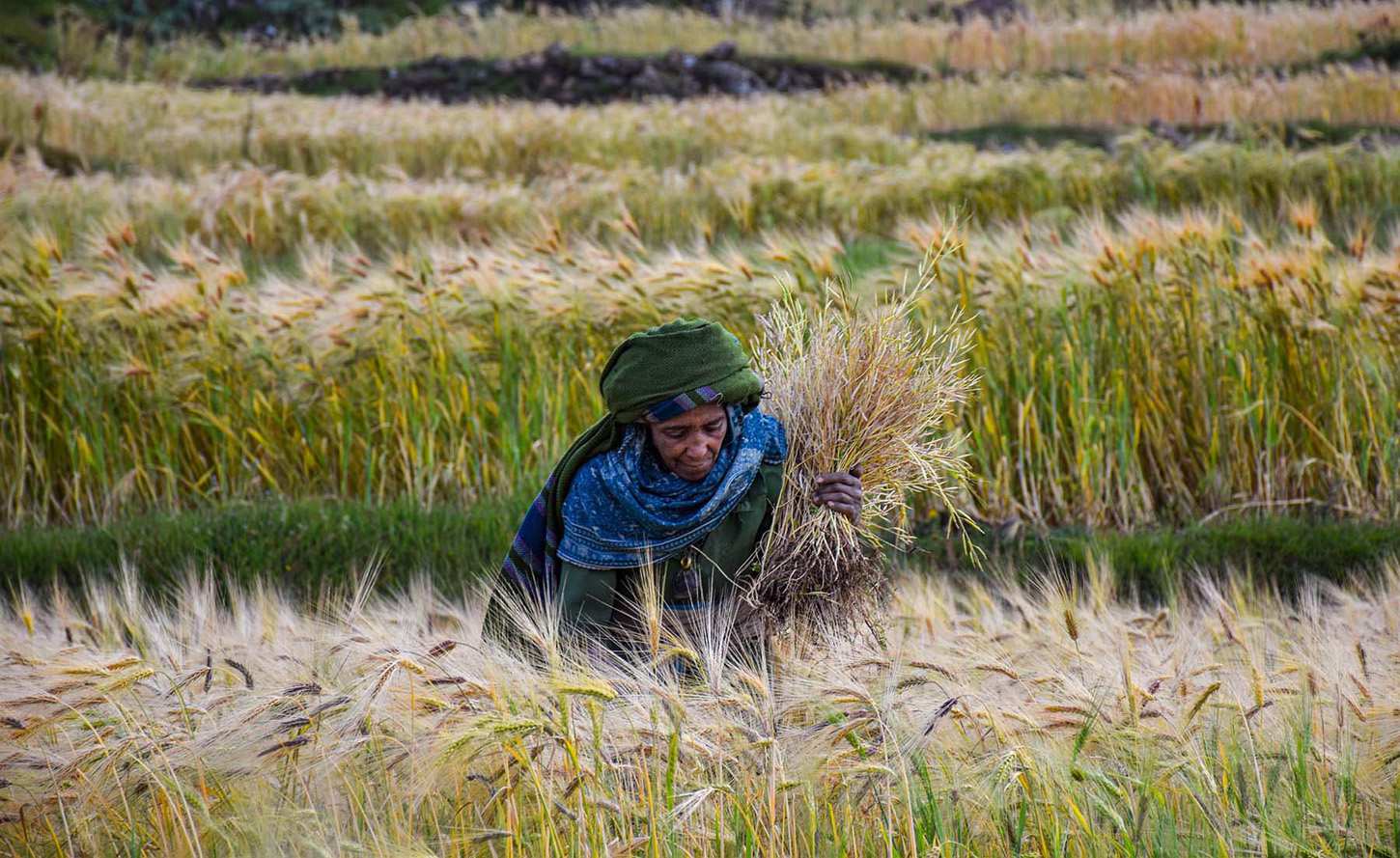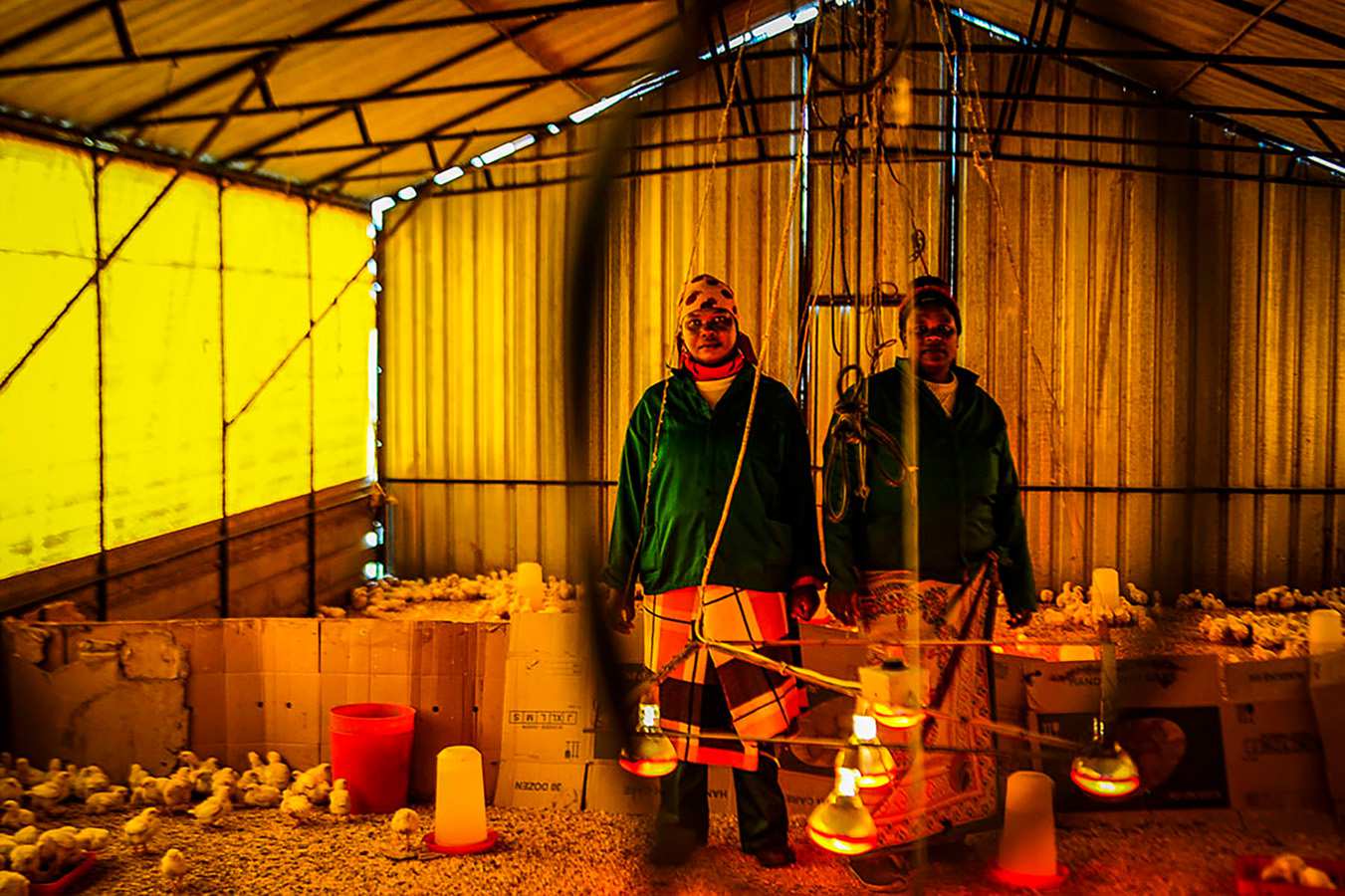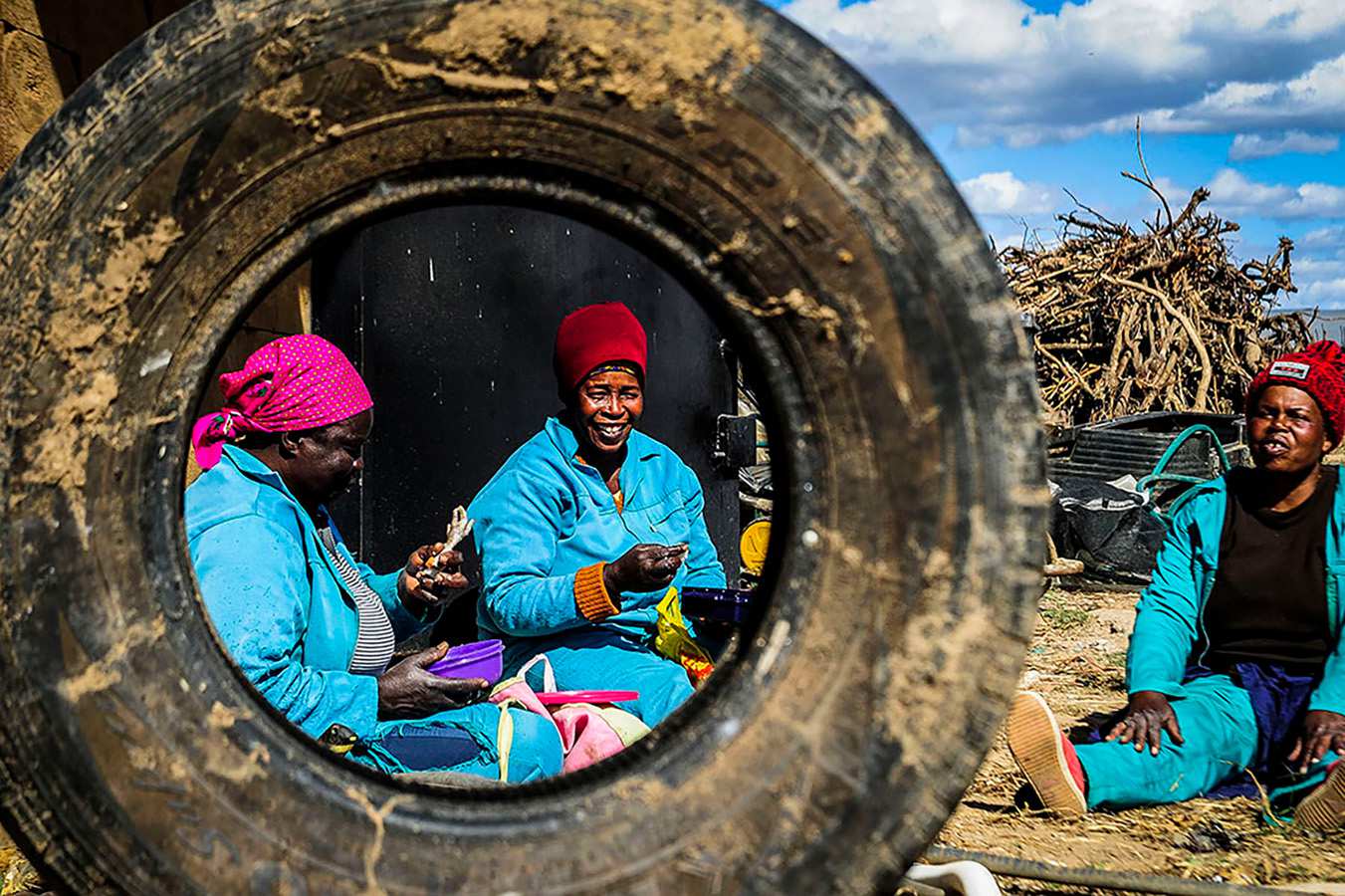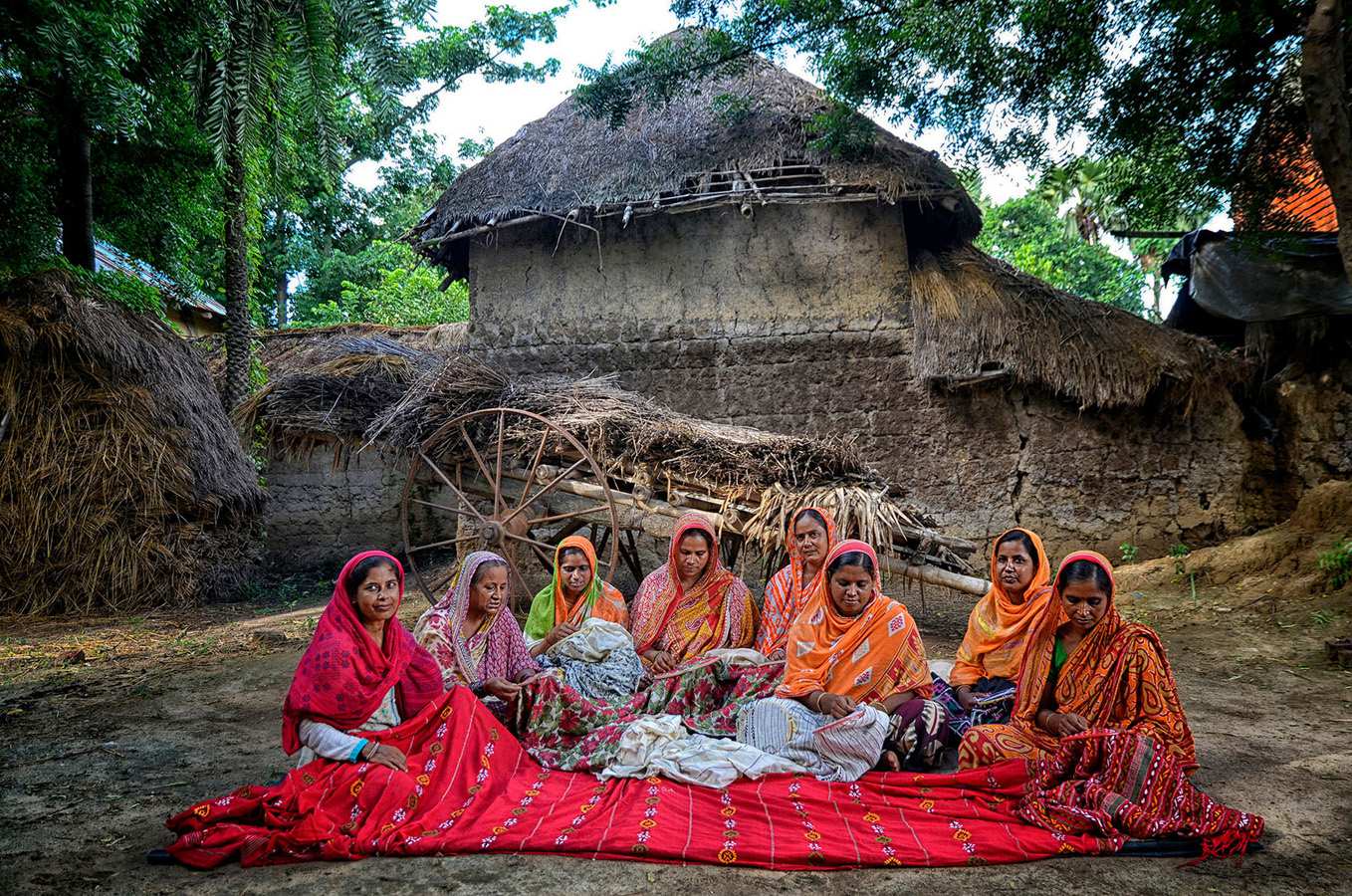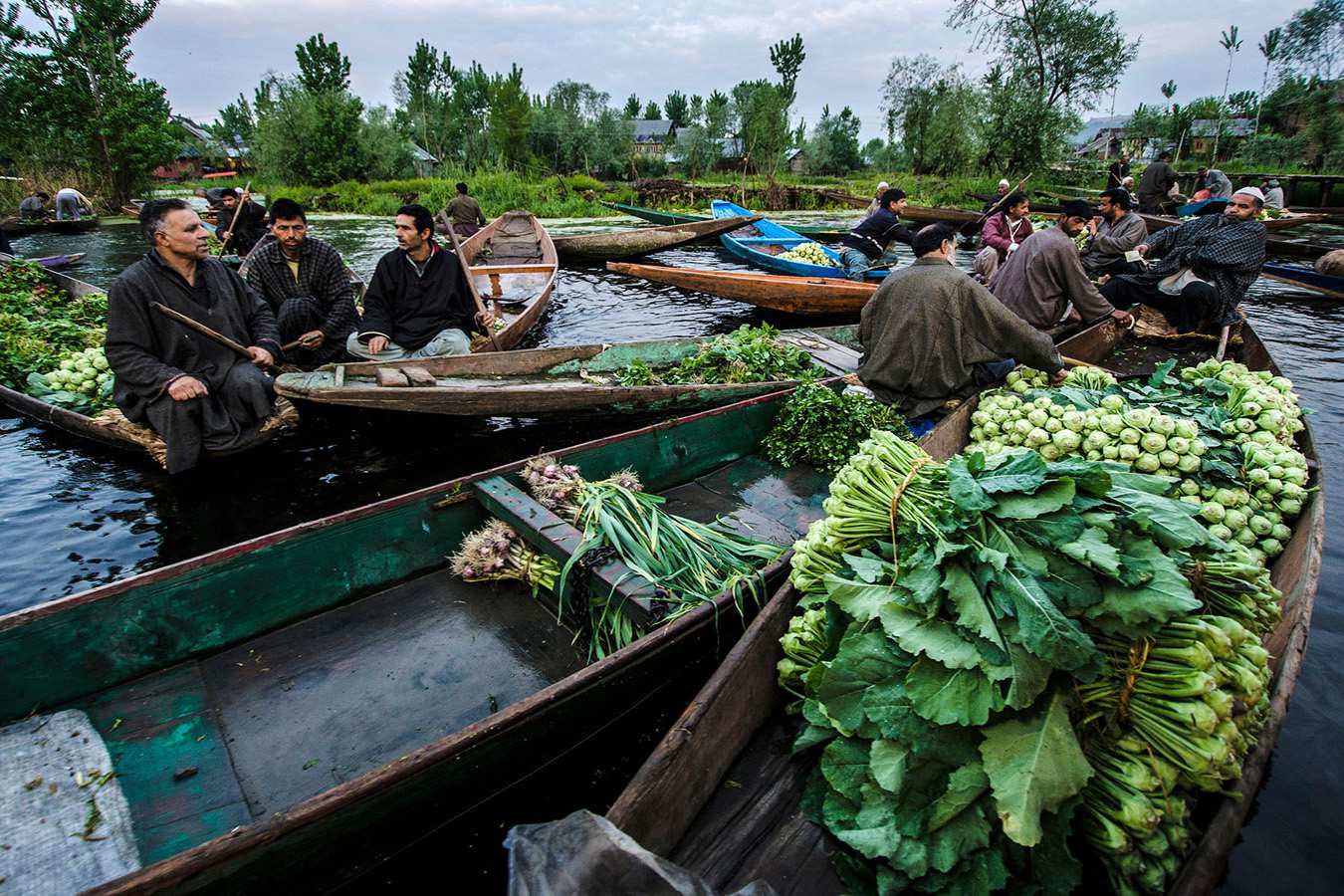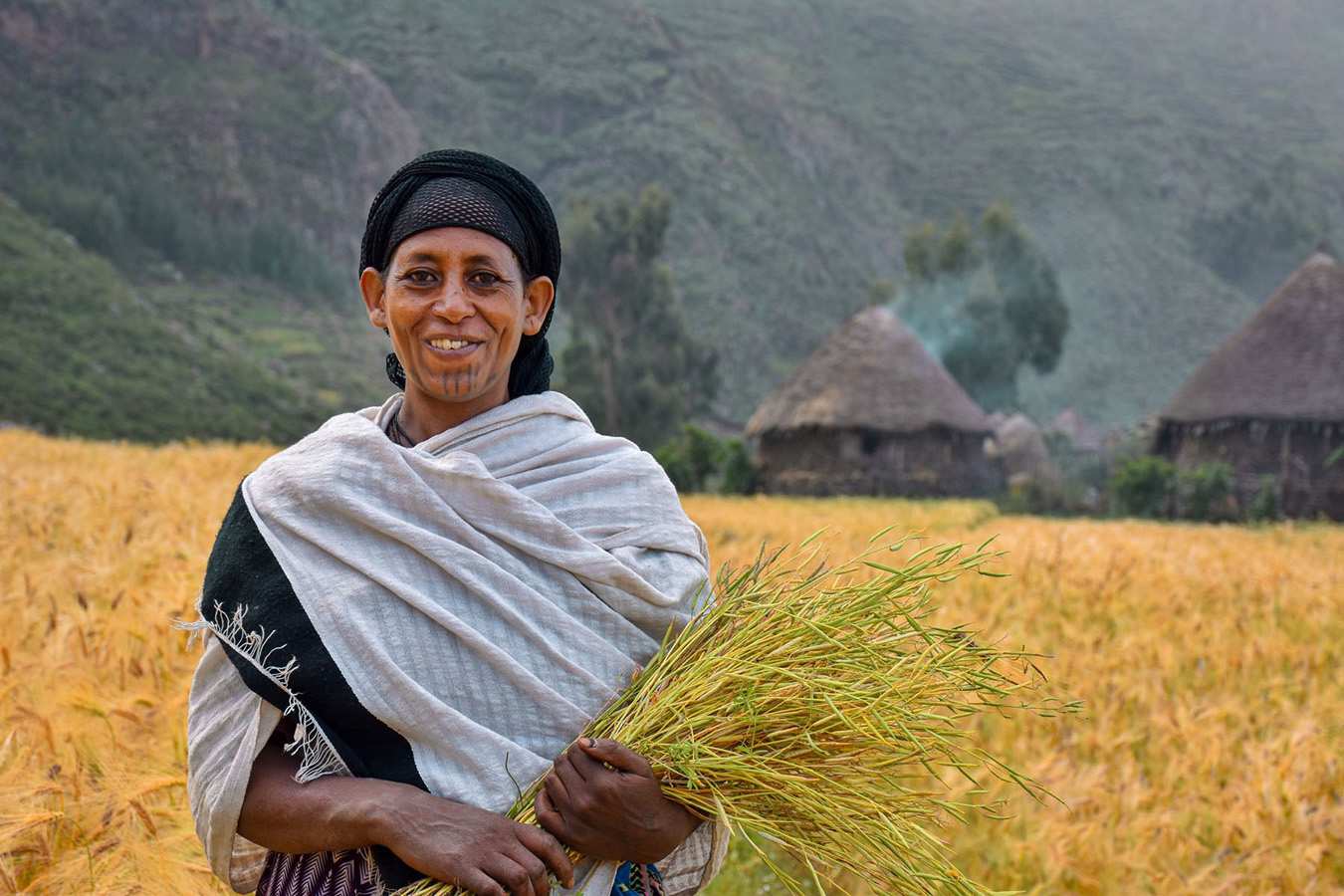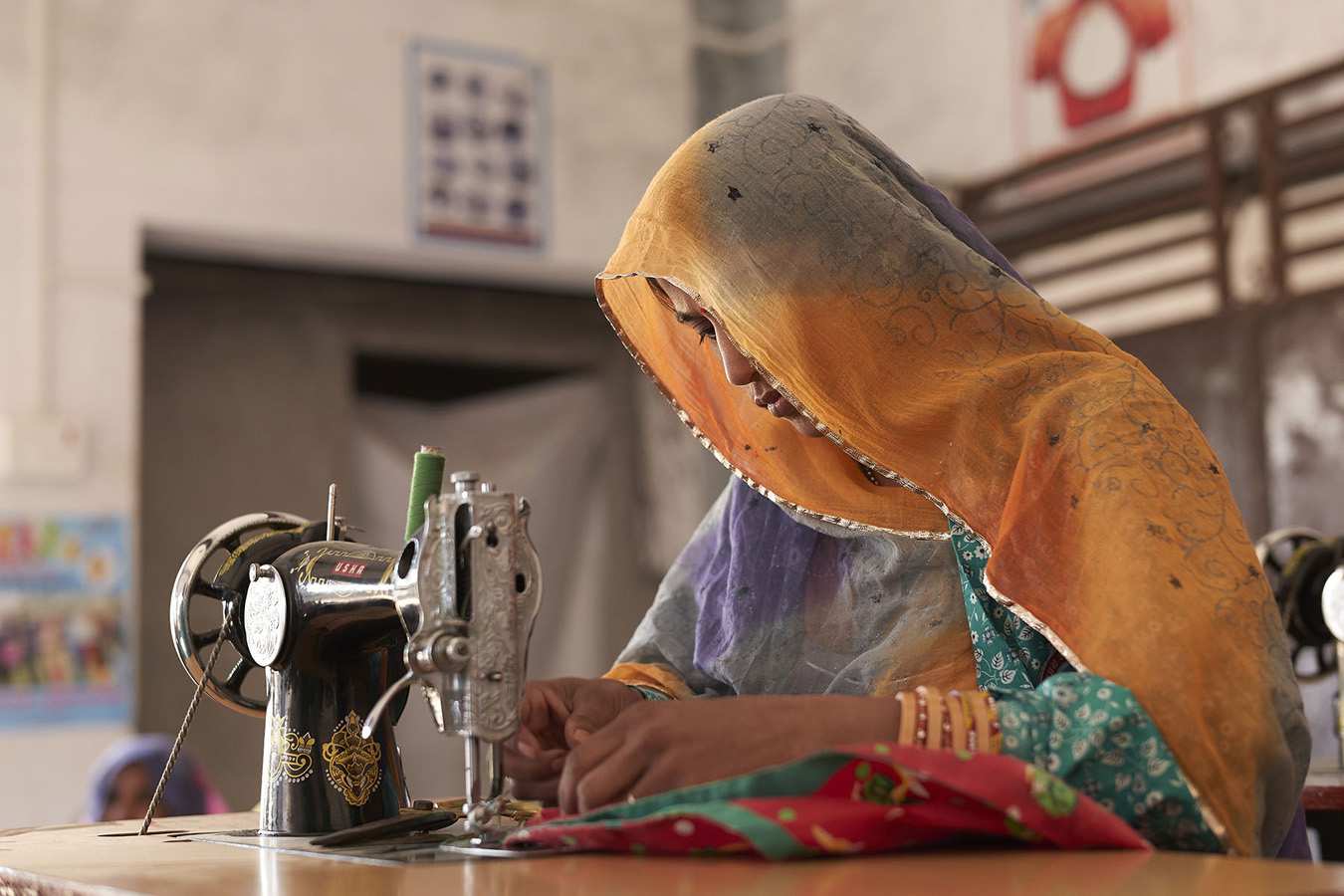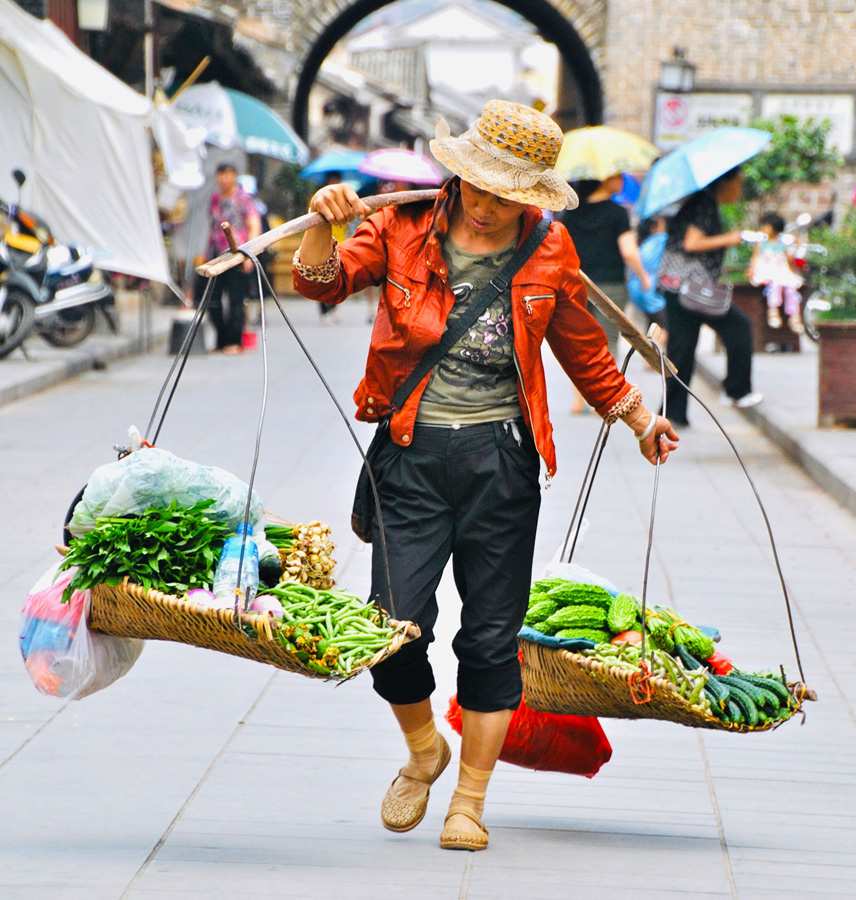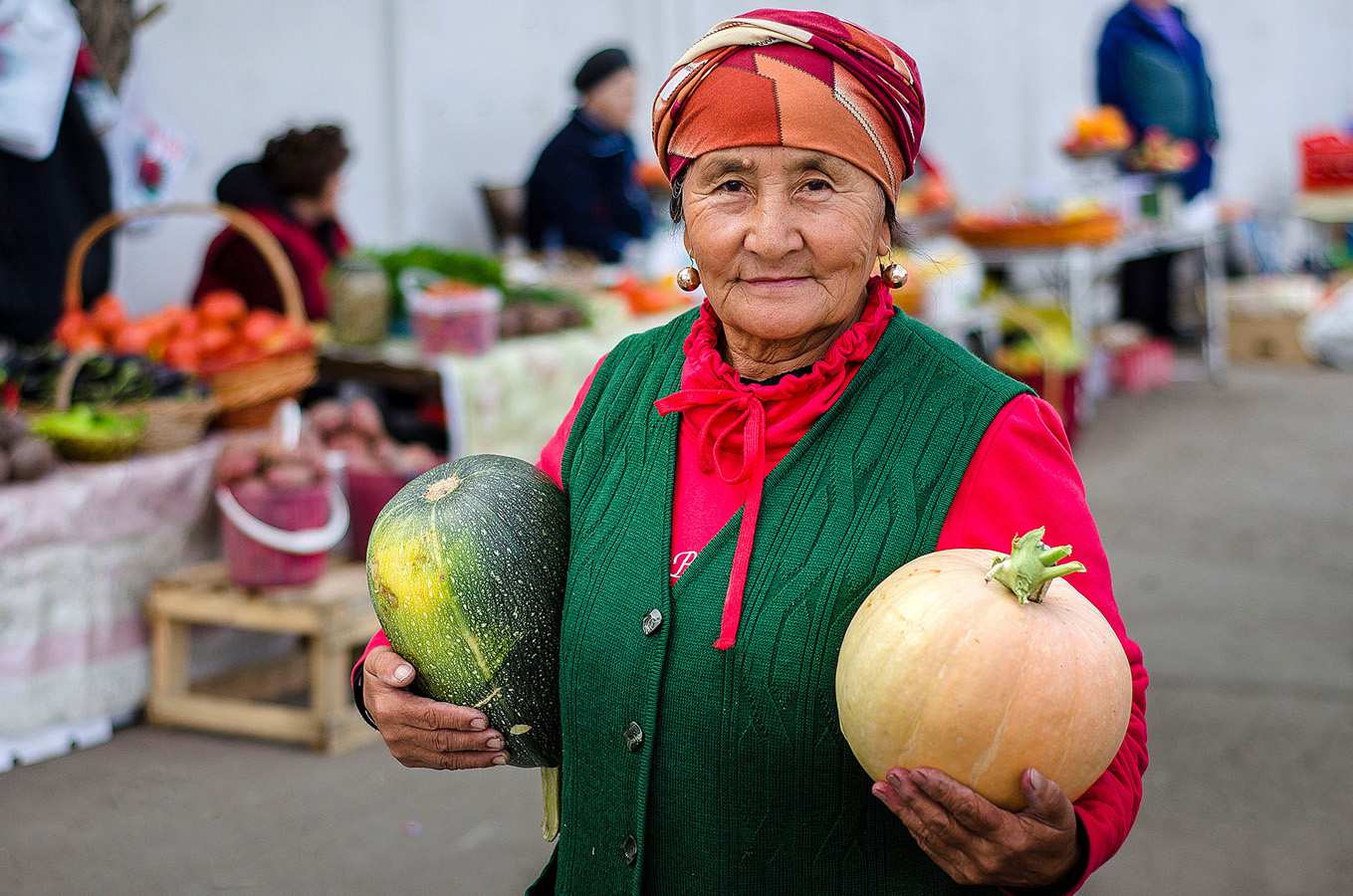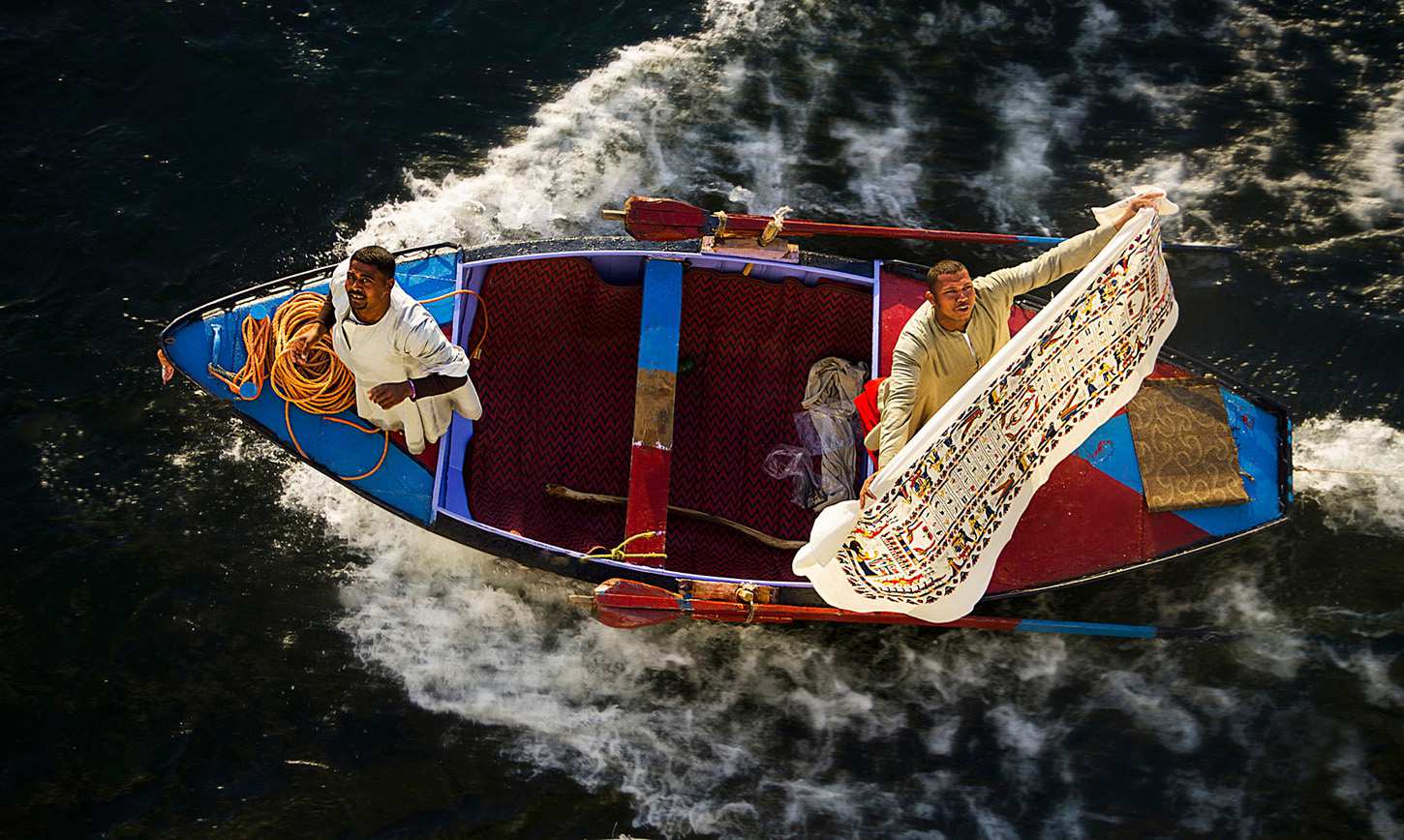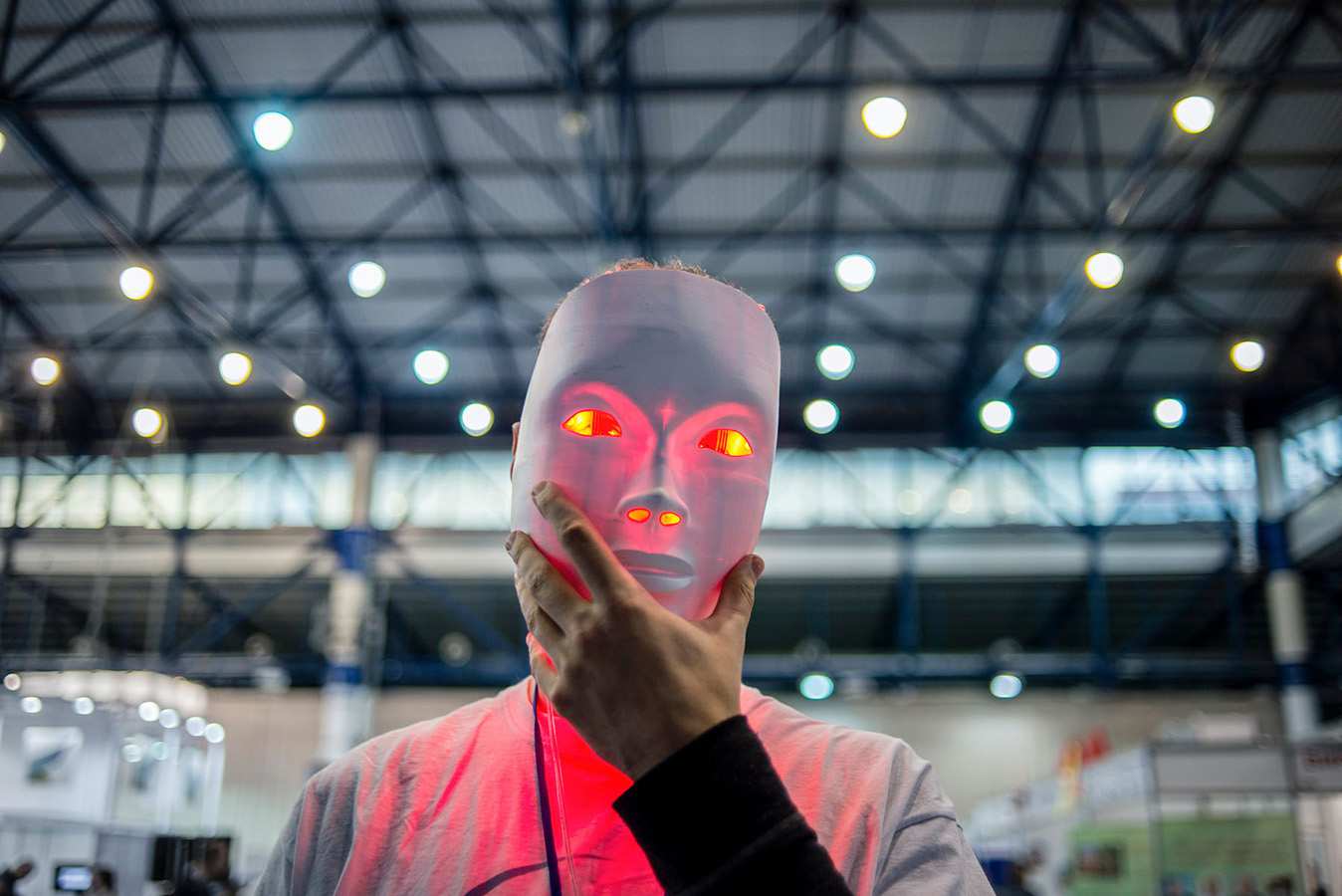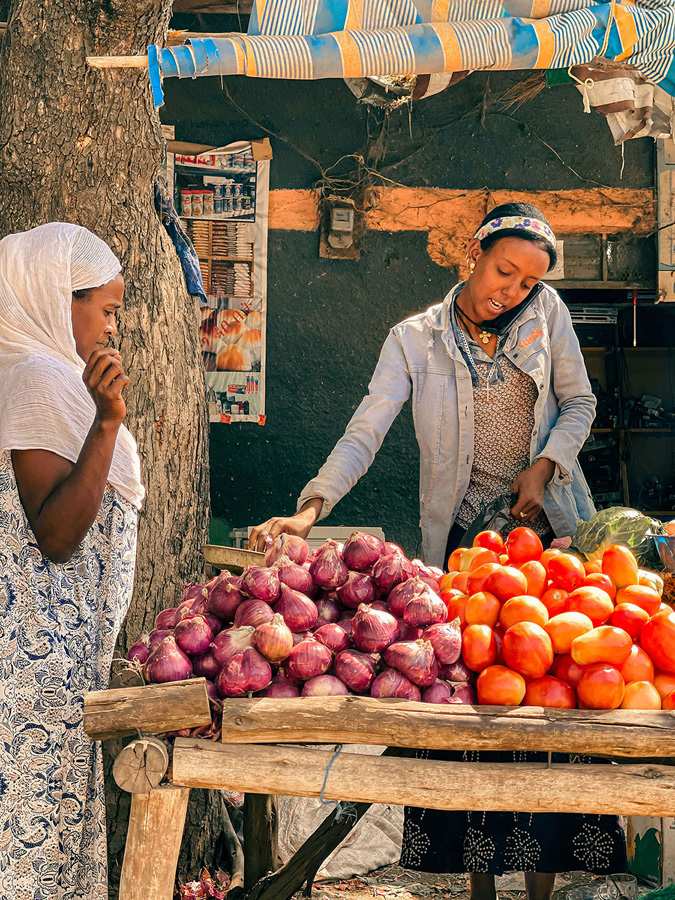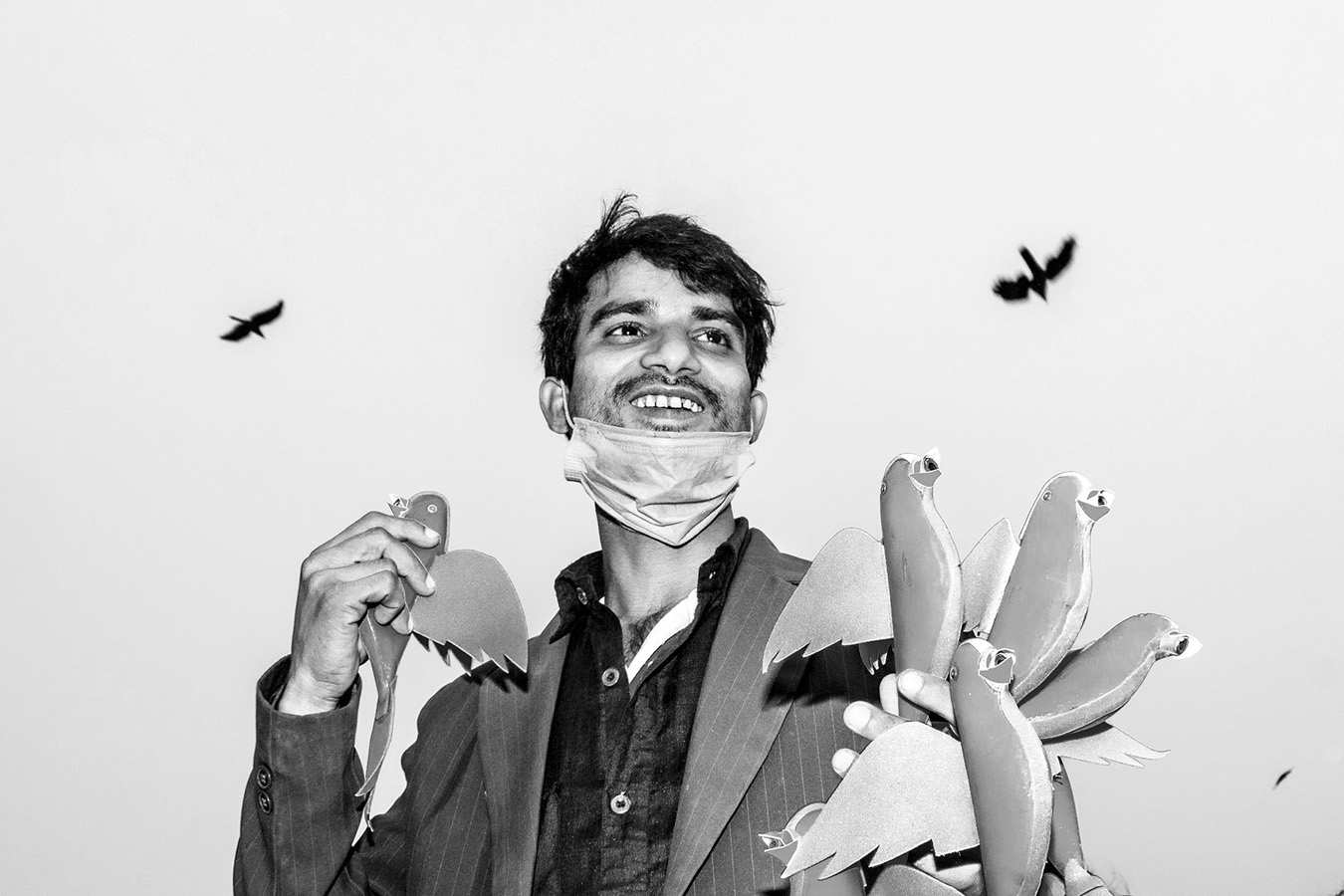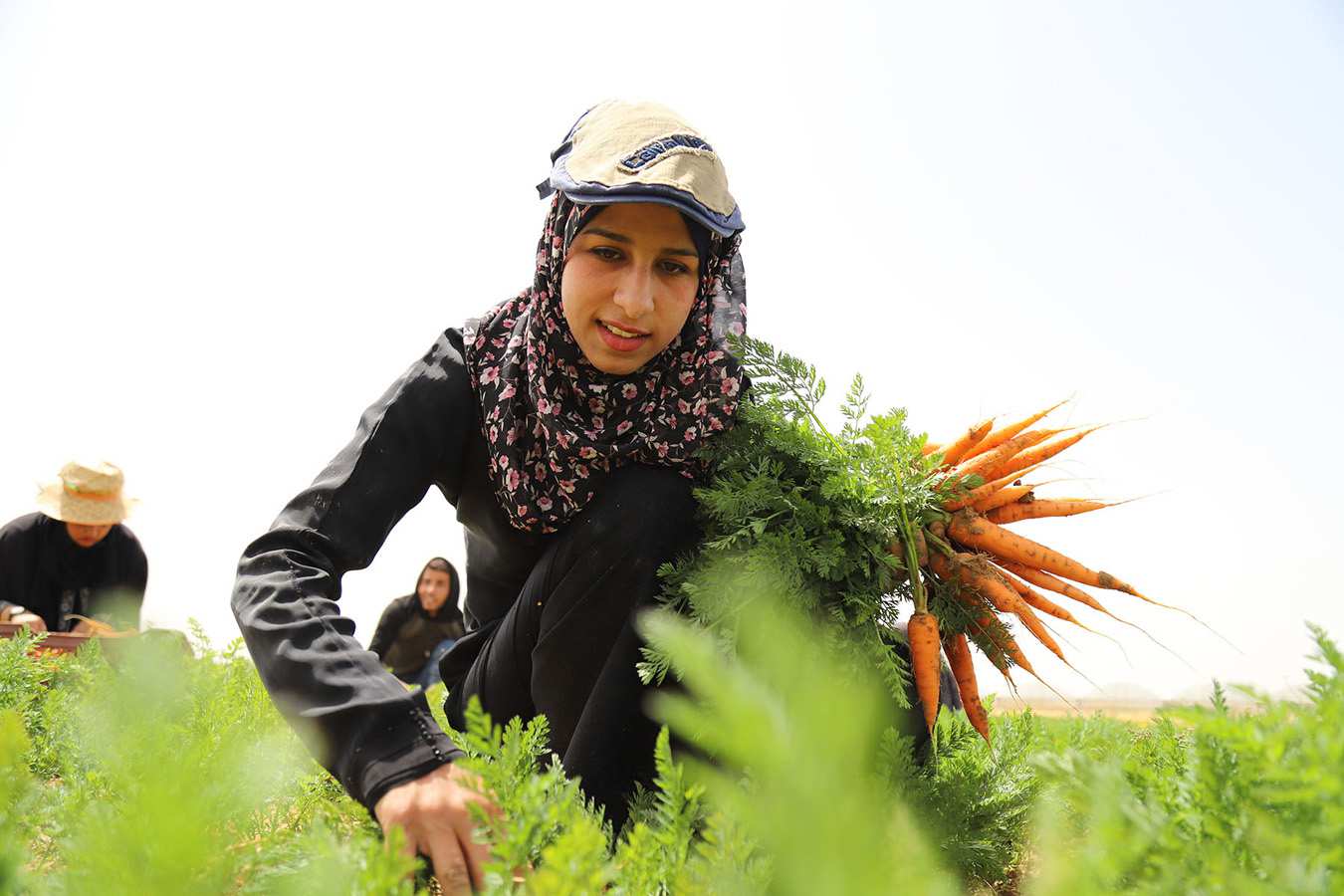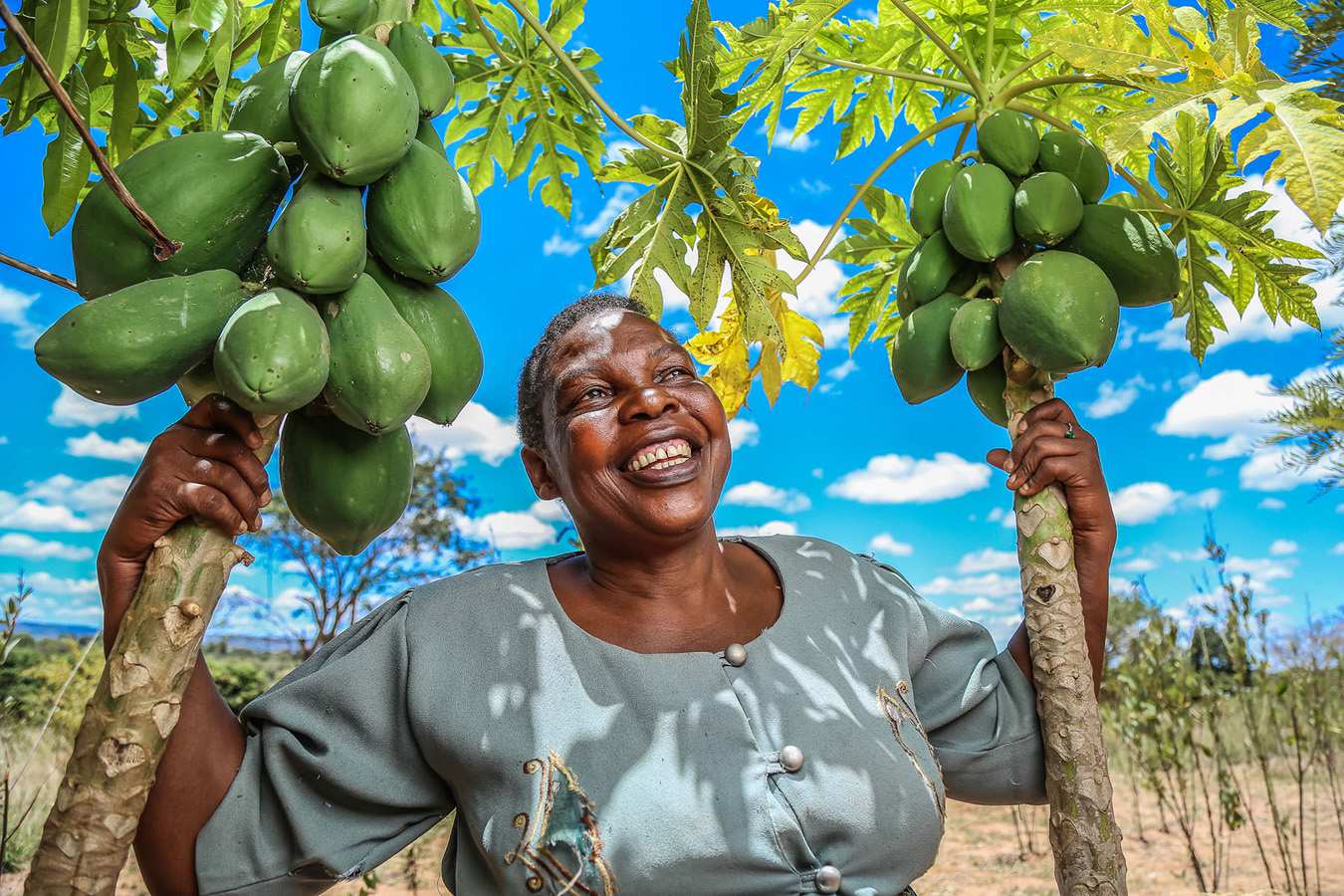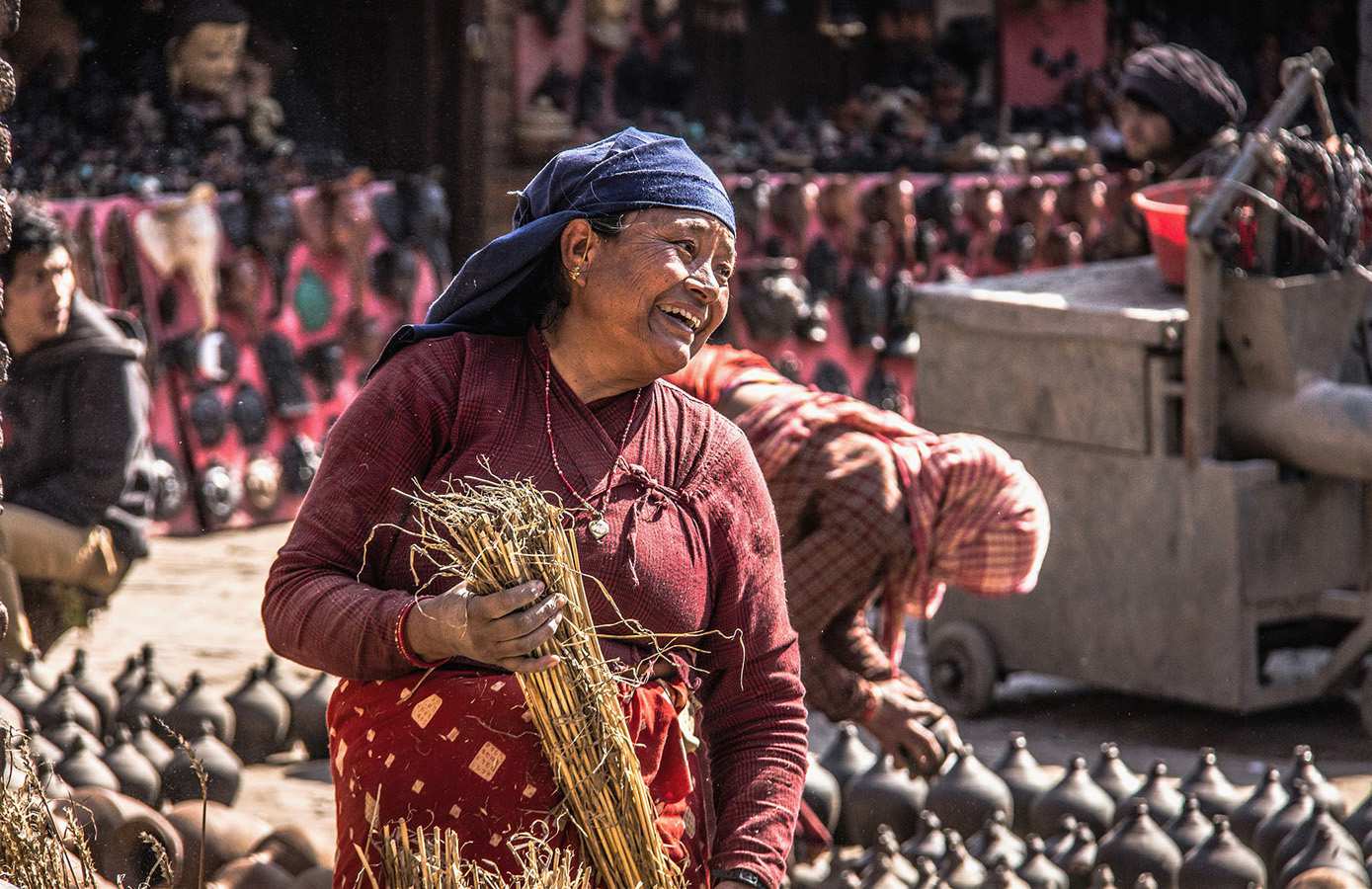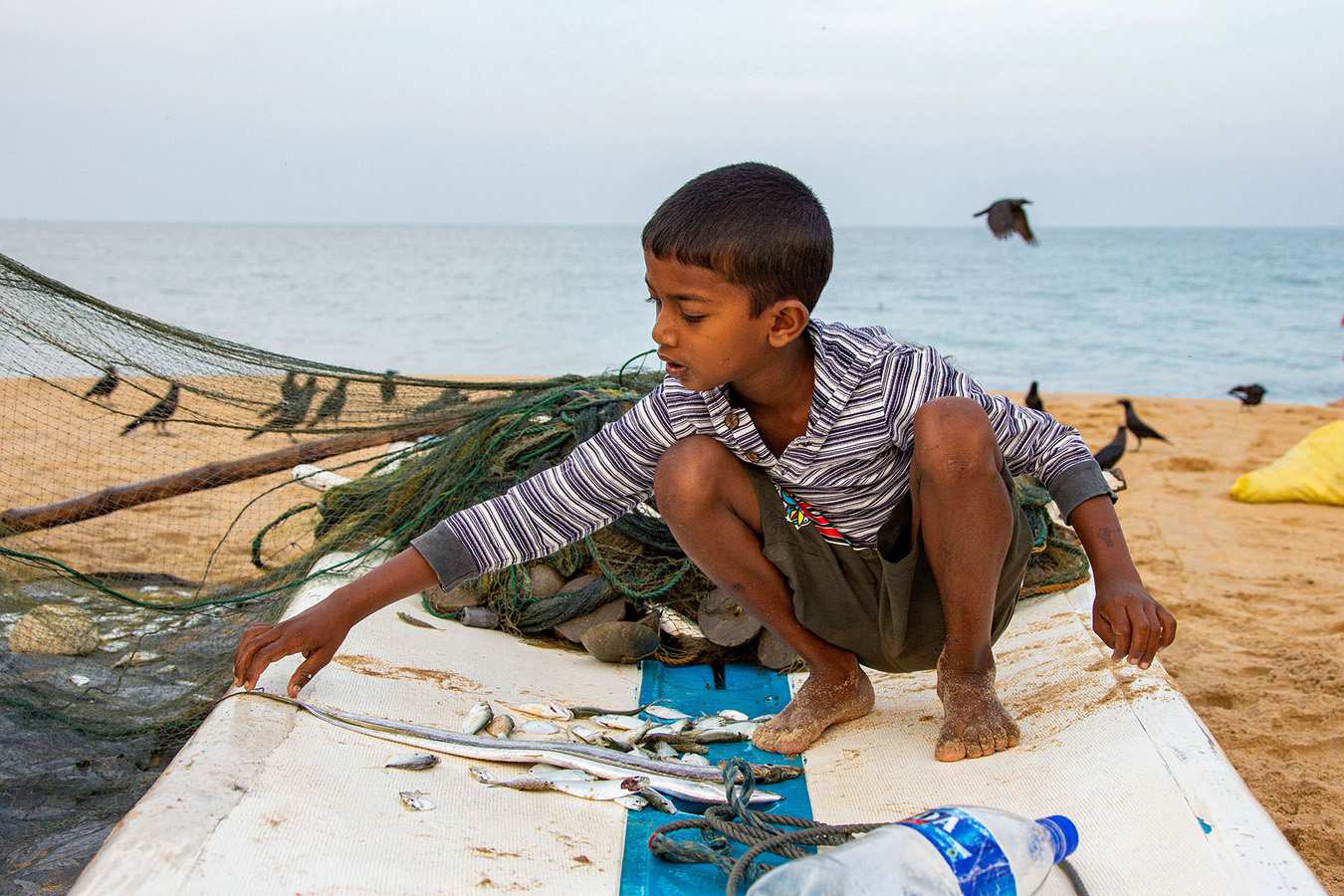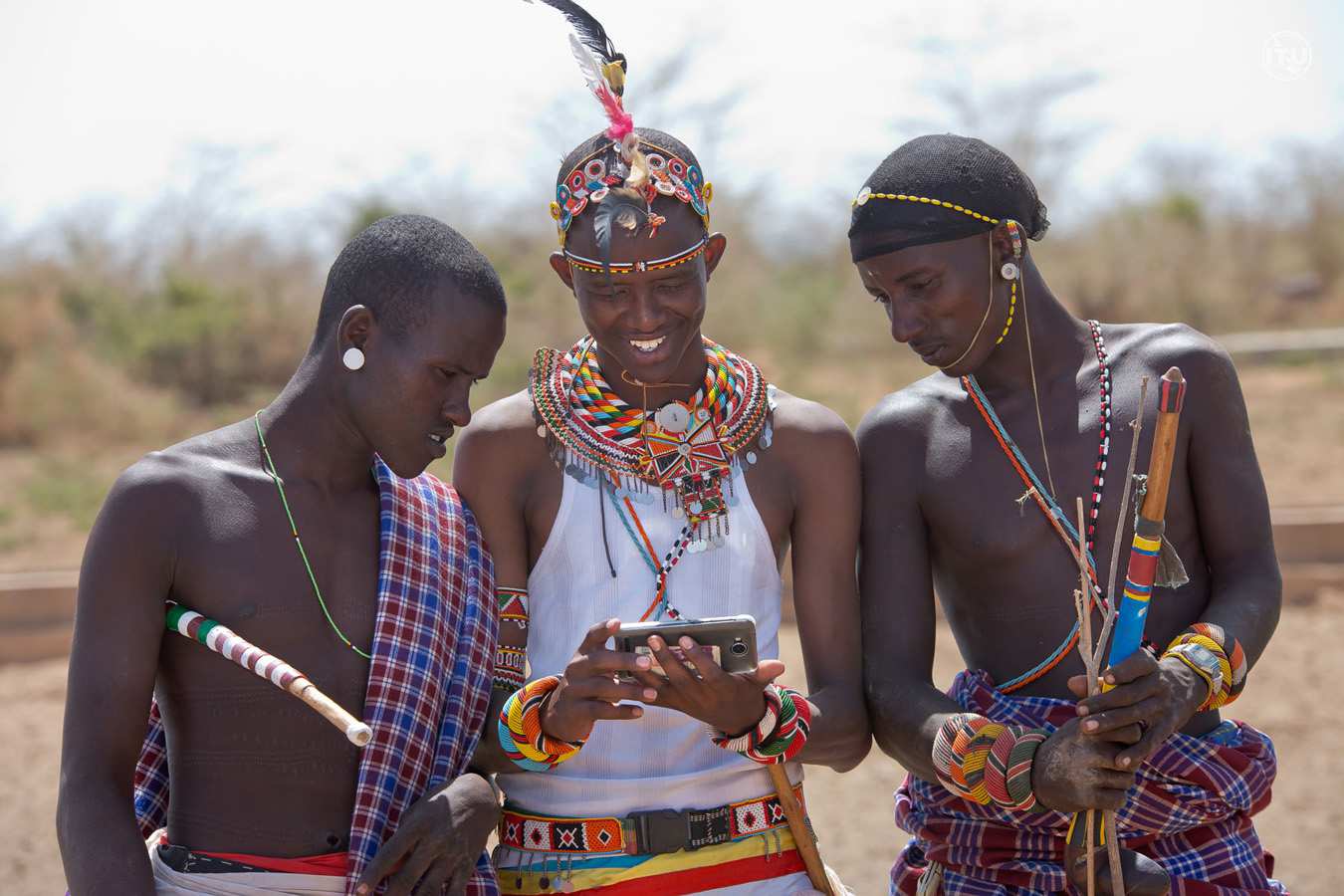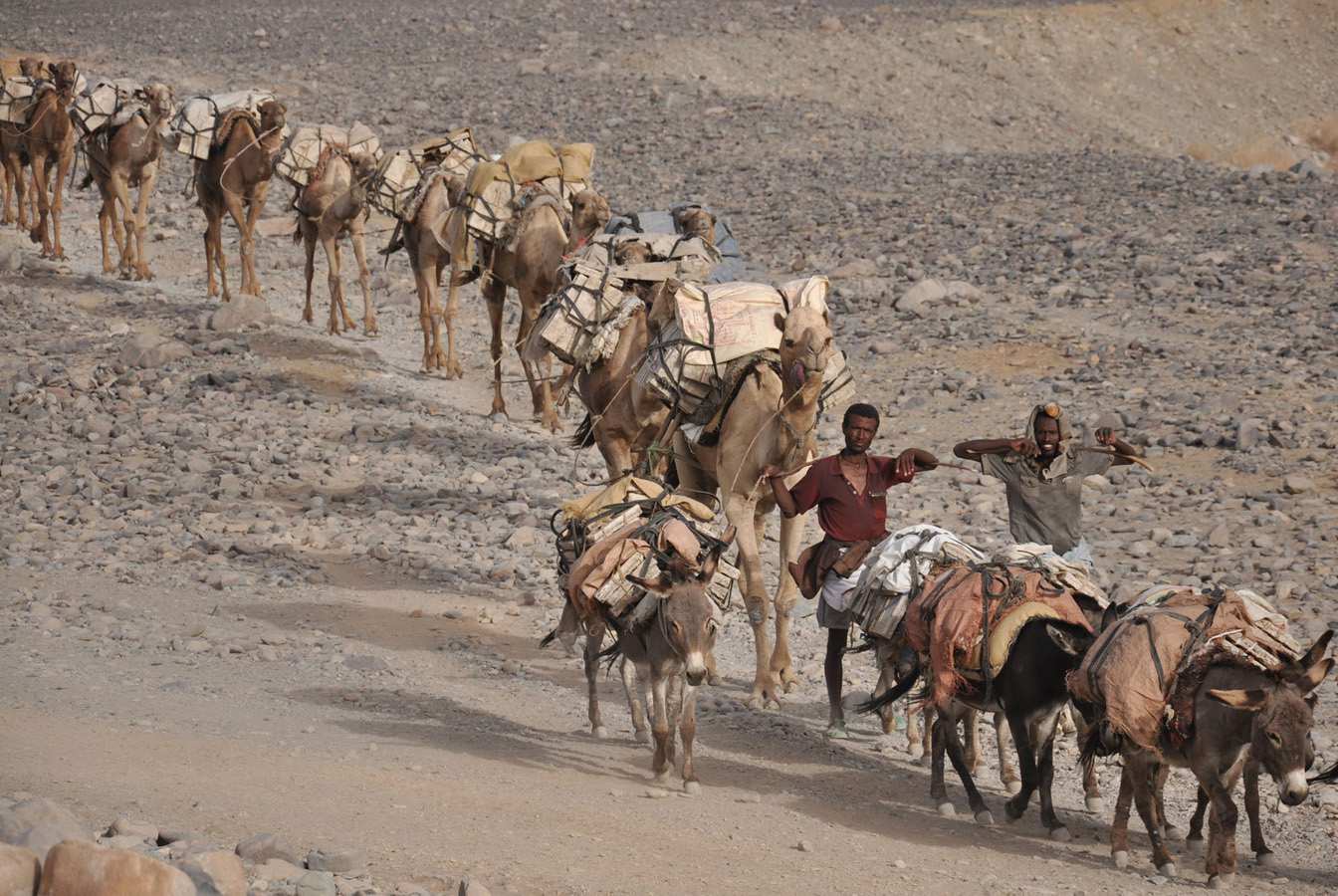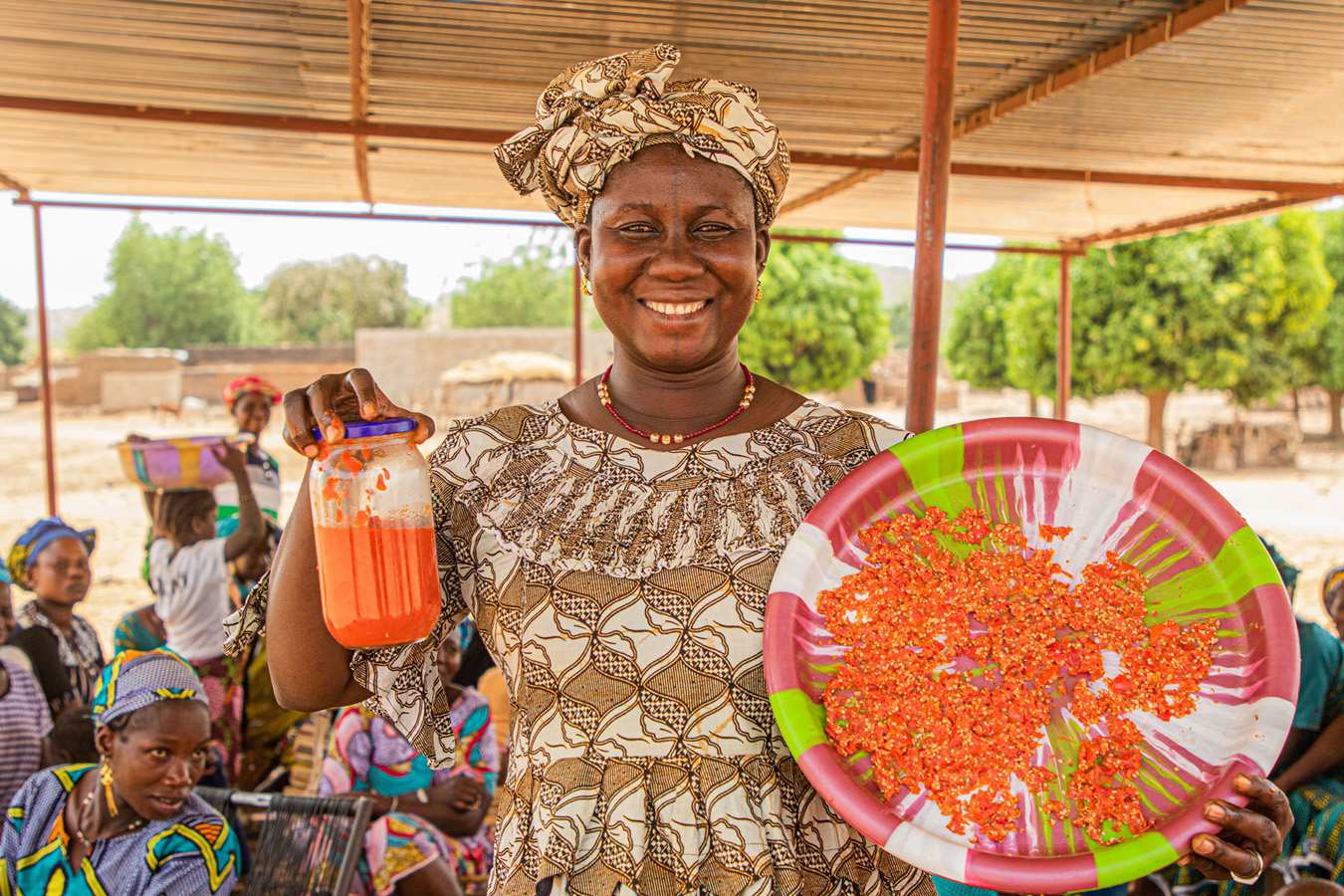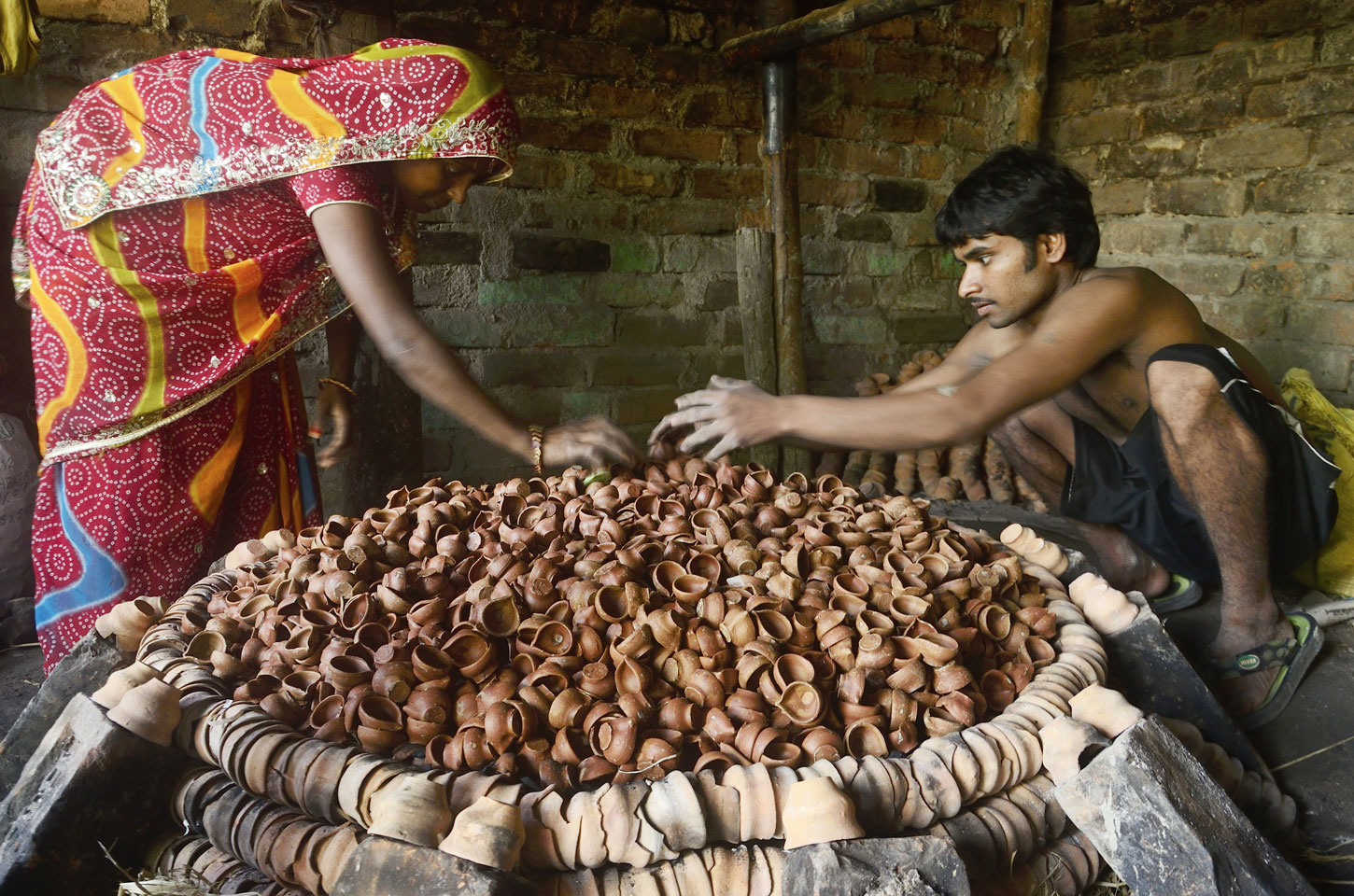
#UNCTAD15
Photo exhibition
“From inequality and vulnerability to prosperity for all”
The hands trade passes through
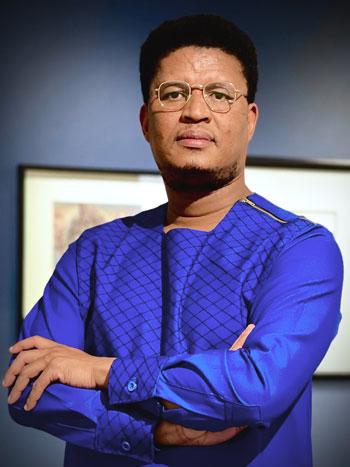
Exhibition Statement
Curator: Lekgetho Makola
Trade makes the world go around. Development is the dividend, and this helps humanity. But trade is often unseen or unacknowledged in a world where we expect goods to simply just arrive on our doorsteps. Yet there is nothing more ancient or human than the act of exchange. The human face of trade is evident in this curated body of photographic work entitled “The hands trade passes through”. This body of work is edited from a large selection of images submitted by professional photographers, tourists, community members, activists and NGO officials in developing countries. This dynamic curation profiles working-class societies at work and in-trade with such respect and dignity. The images dignify the human nature of trade at the grassroots of communities and nations. Photography, as a highly effective communication tool, empowers developing nations and people with more freedoms to document, reflect and represent their own voices and aspirations widely. It enables them to bring dignity back into their often disenfranchised and degraded human integrities as framed in photographic images of the past, mainly documented by outsiders.

This photographic exhibition narrates with such tremendous honesty and local aesthetic the ambitious cause and call, “From inequality and vulnerability to prosperity for all", the theme of UNCTAD’s 15th quadrennial conference held from 3 to 7 October. This cause also signifies the contribution of technology in the democratization of equal access to photography tools and the easier distribution of photographic images on online platforms. In this, we begin to experience a different character of images that are more sensitive to the subject matters and the human beings they represent.
This selection of images that documents the everyday life and plight of humans engaging in trade activities offers us a new and exciting visual entry point into experiencing modes of production and forms of trade that are as old as the human story. The agency embedded in them calls on all of us to recognize and regard all trade in all corners of the globe as one dynamic human condition.
The exhibition contains the soul and essence of our collective humanity through impactful aesthetic expressions and diverse visual storytelling. “The hands trade passes through” is the bridge that gives all of us free access to each other as global citizens with shared visions.

Discover the selected photographs

Selection and curation
The exhibition is curated by:

Lekgetho Makola
Chief Executive Officer
Javett Art Centre at the University of Pretoria, South Africa
The selection committee is made up of the curator and:
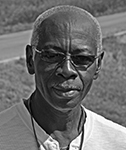
Ronnie Carrington
Barbadian photographer
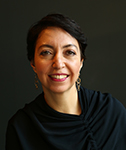
Joumana El Zein Khoury
Executive Director at World Press Photo

Dona Bertarelli
UNCTAD Special Adviser for the Blue Economy

Andrew Revkin
Journalist and Director of the Initiative on Communication and Sustainability at The Earth Institute of Columbia University

Pamela Stathakis
Responsible Network Manager, Fair Picture

Jan Hoffmann
UNCTAD Trade Logistics Branch head and photographer

Henrique Pacini
UNCTAD Economic Affairs Officer and photographer
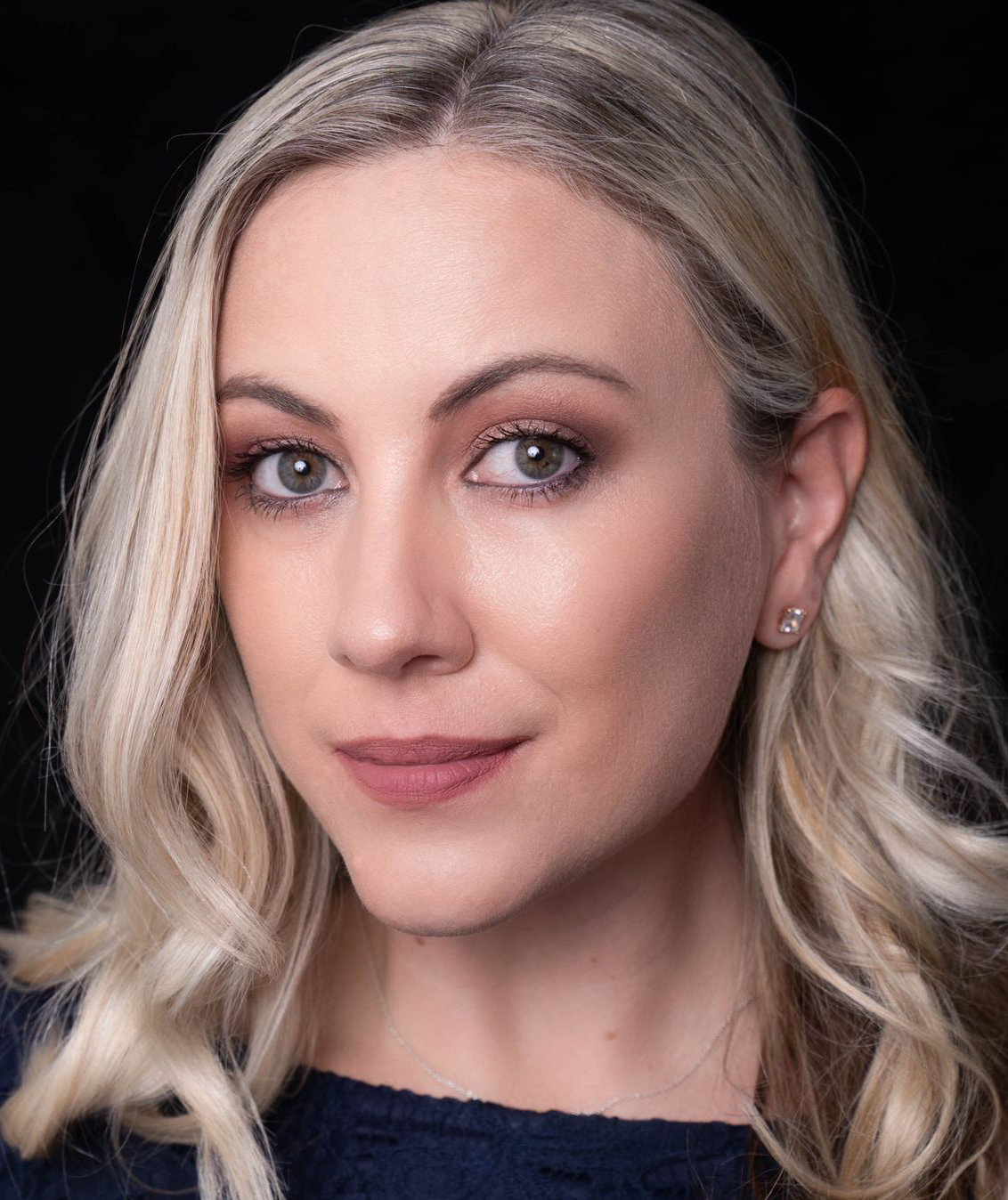
Amy Shelver
UNCTAD exhibition producer

Gilles Maury
UNCTAD design and layout

